Line in the Cloud, May 25–August 16
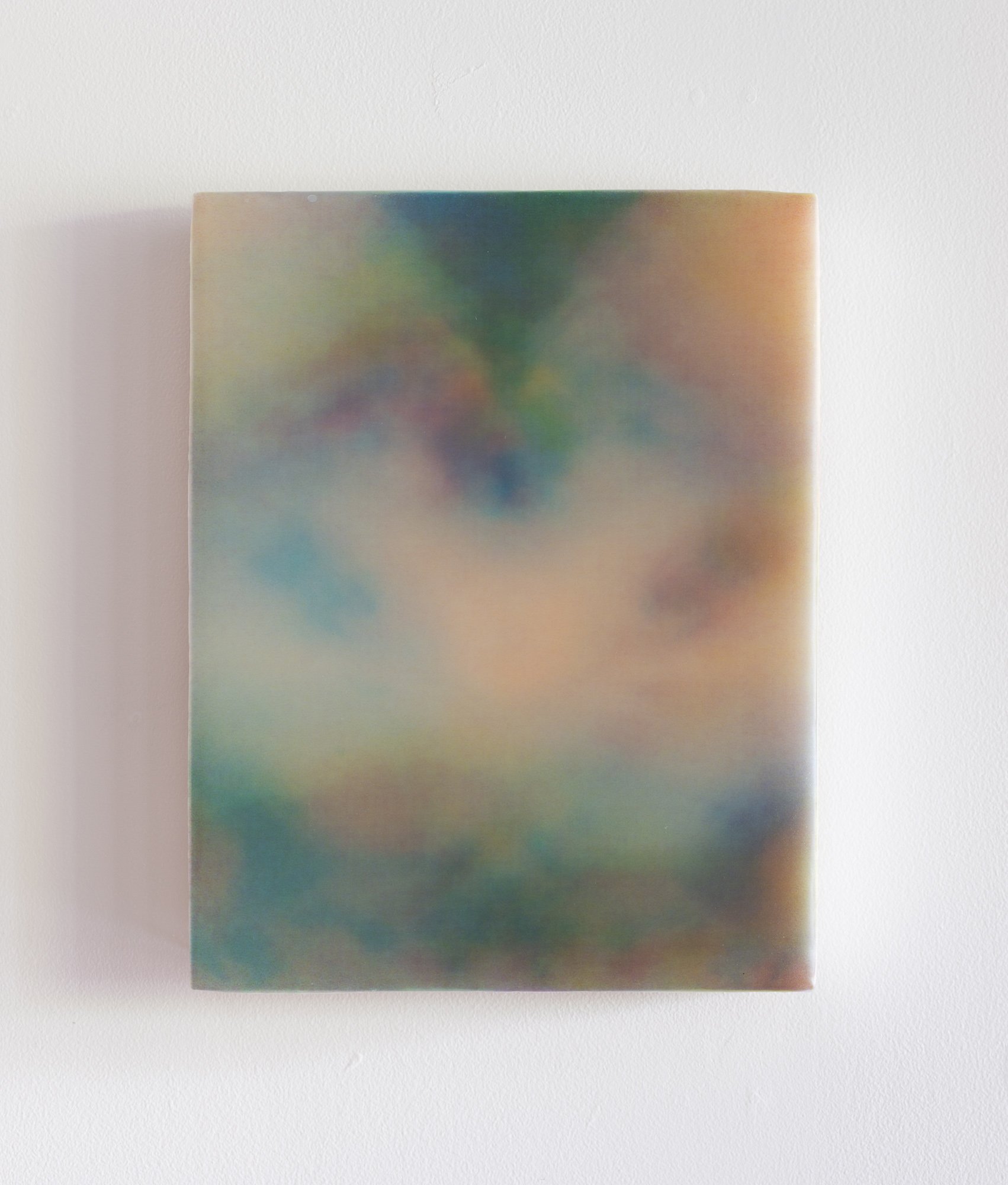
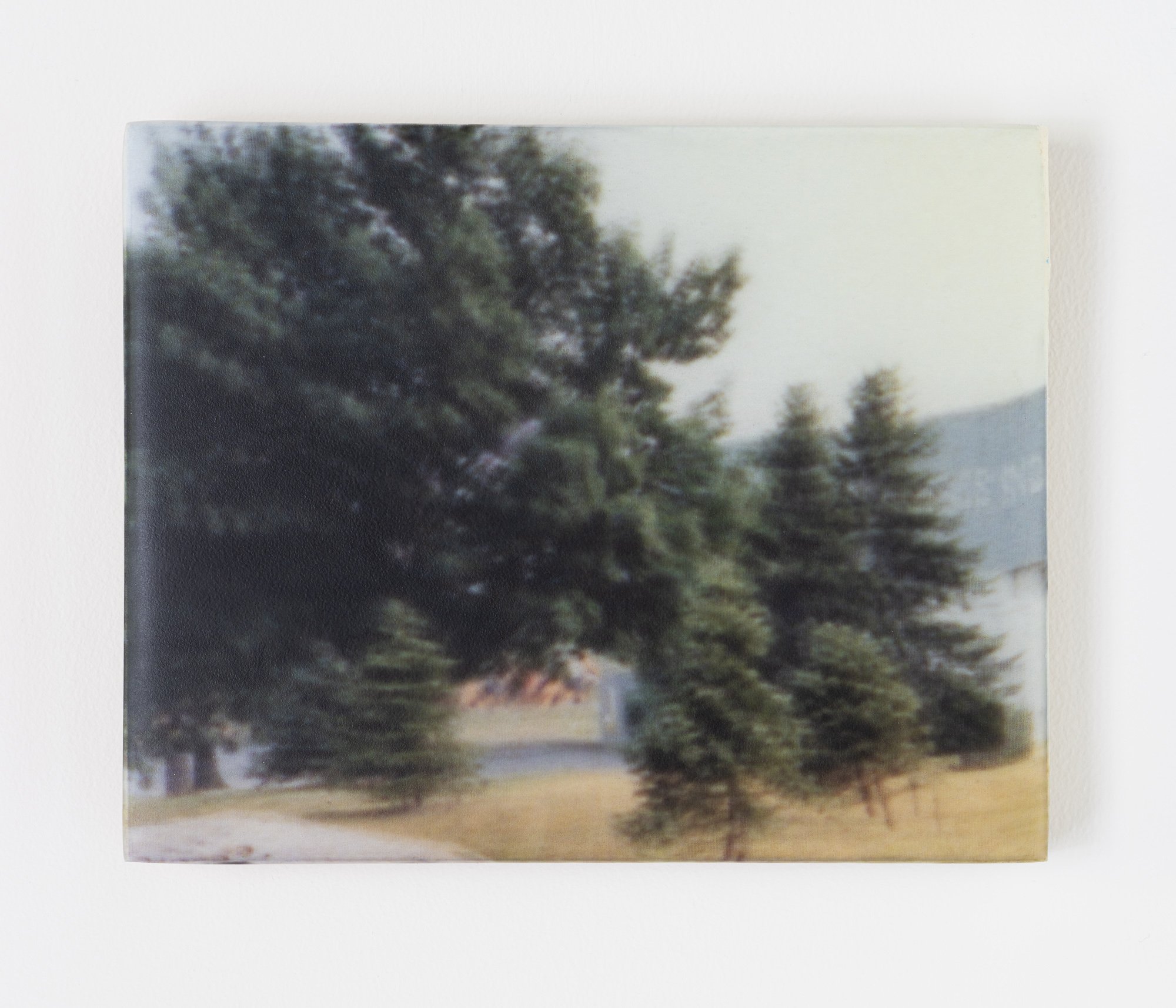
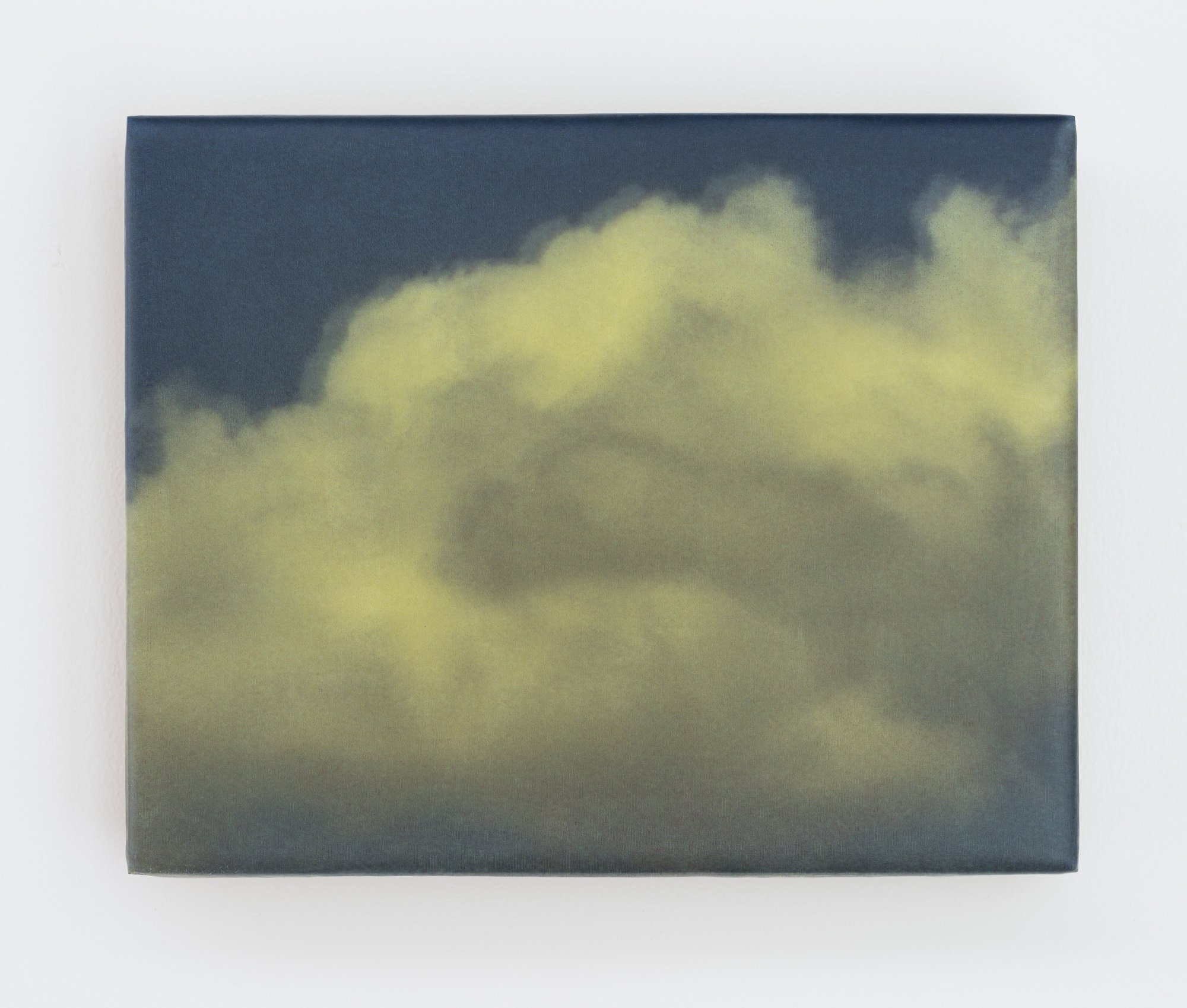
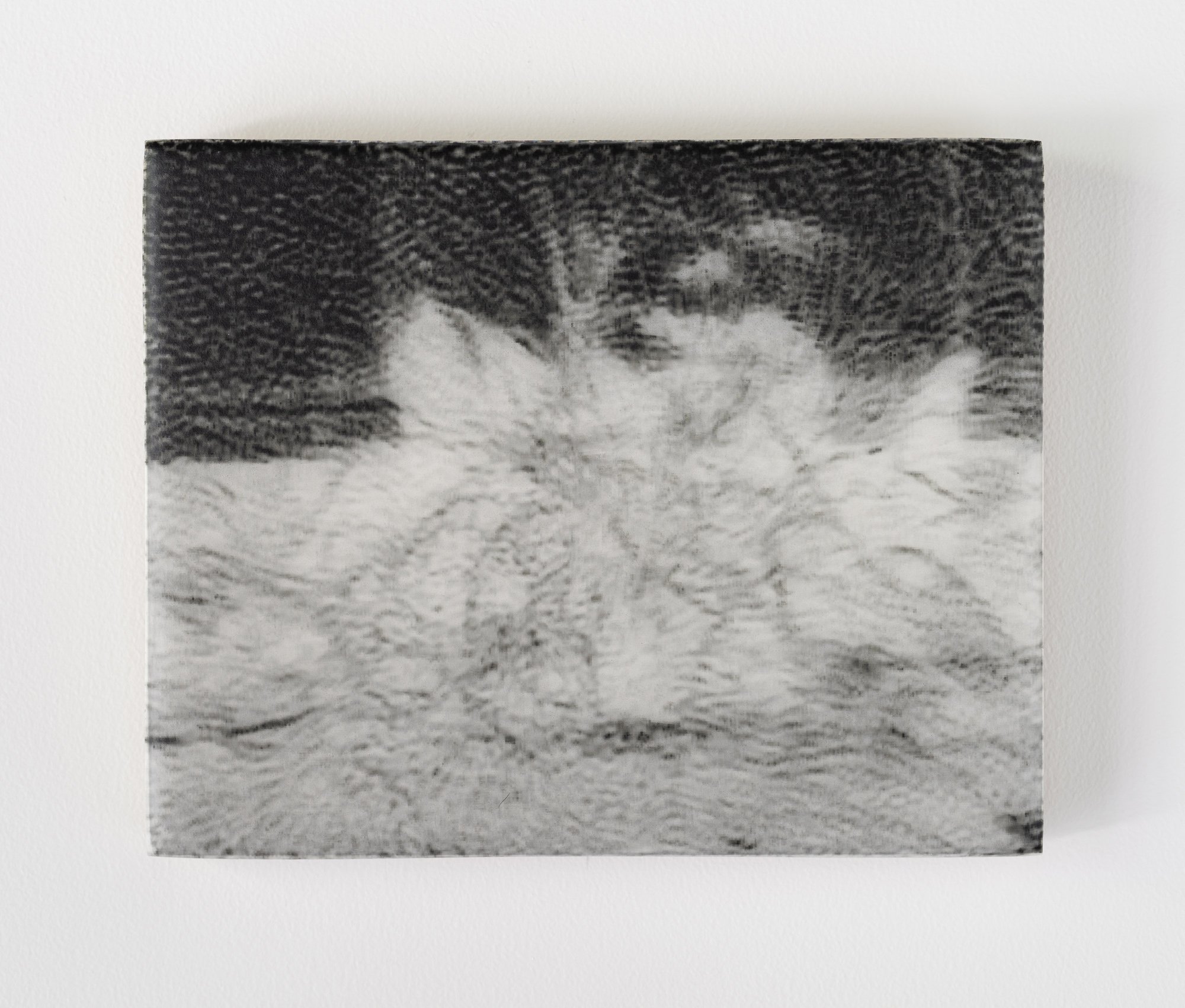
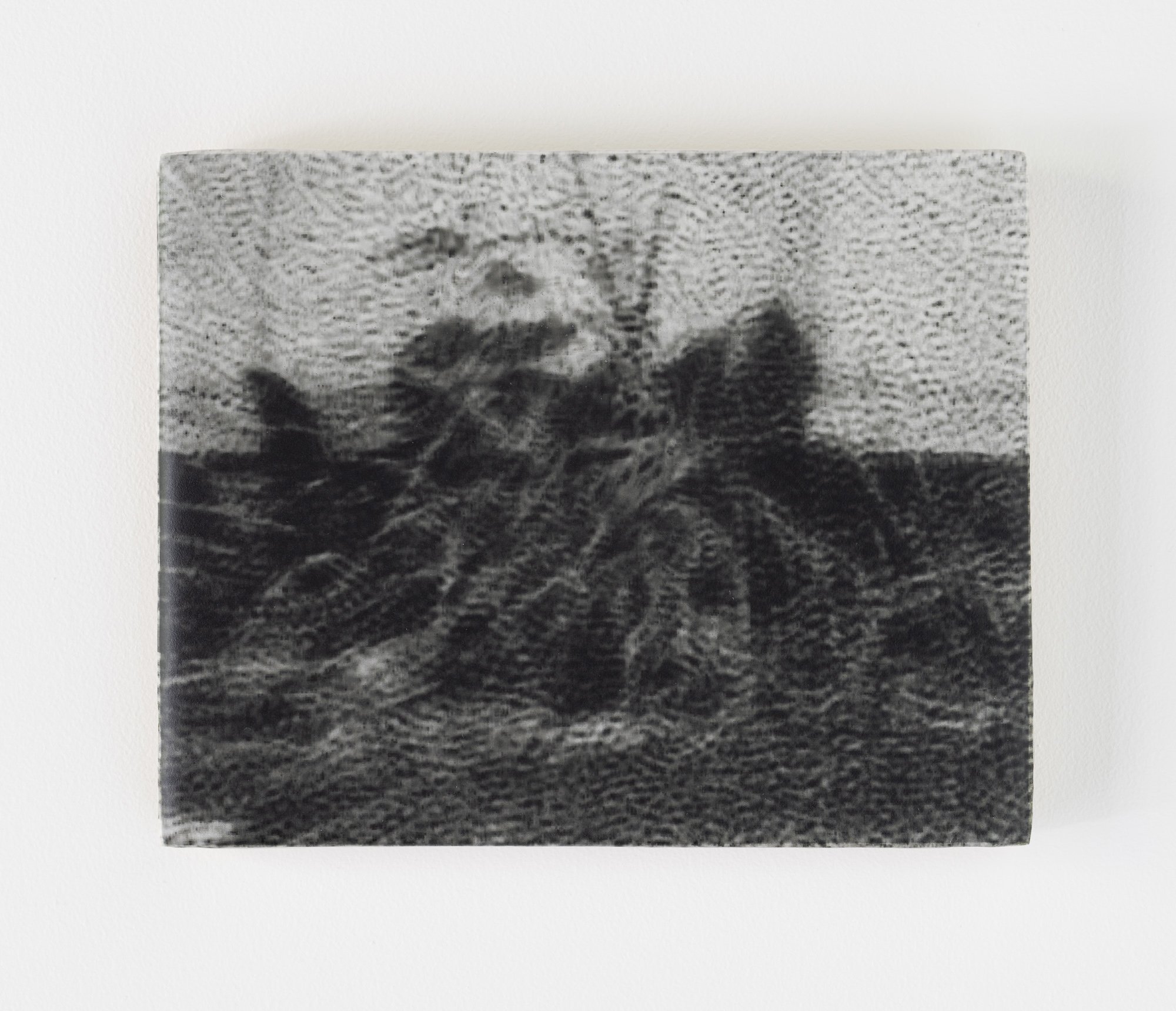

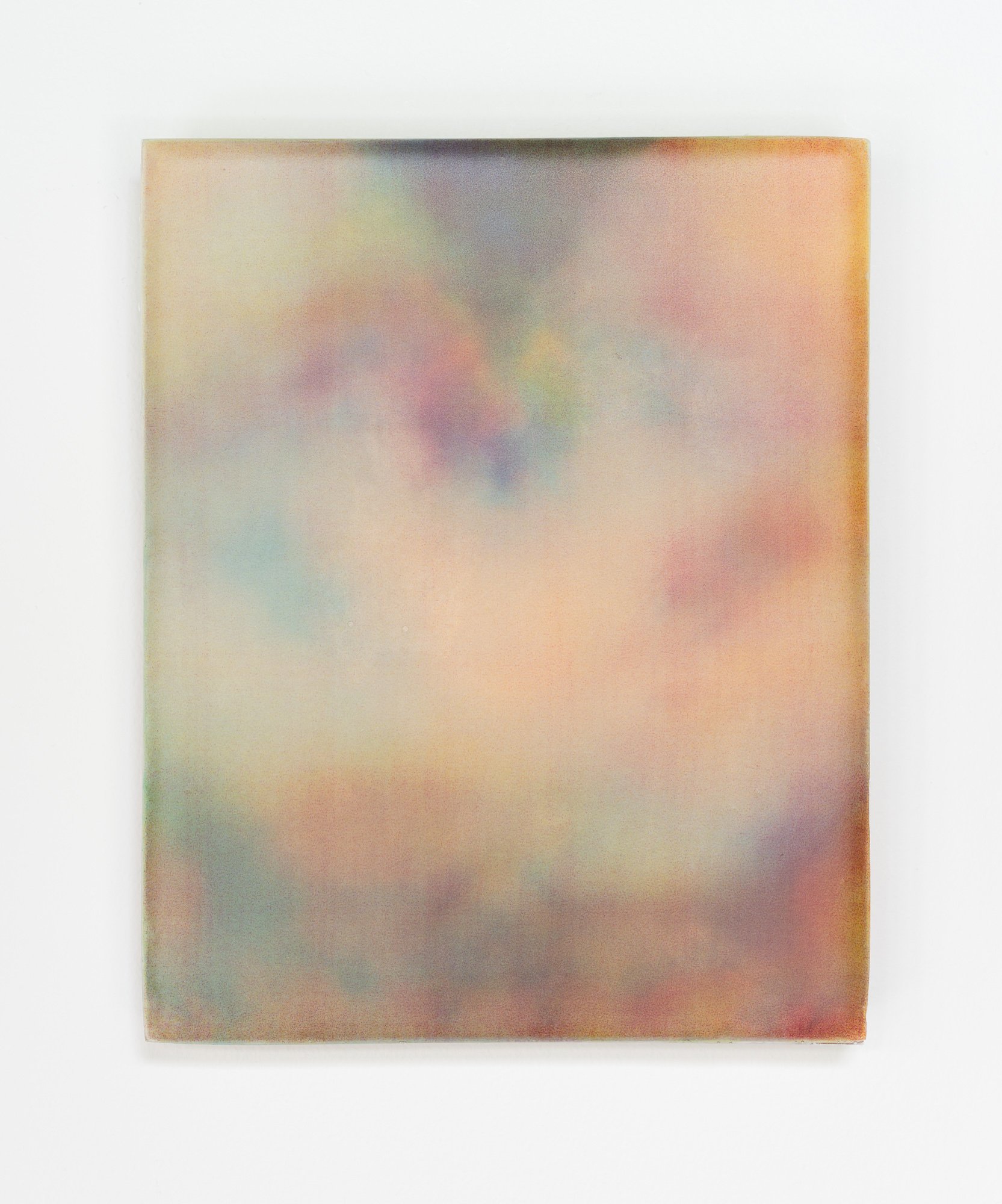
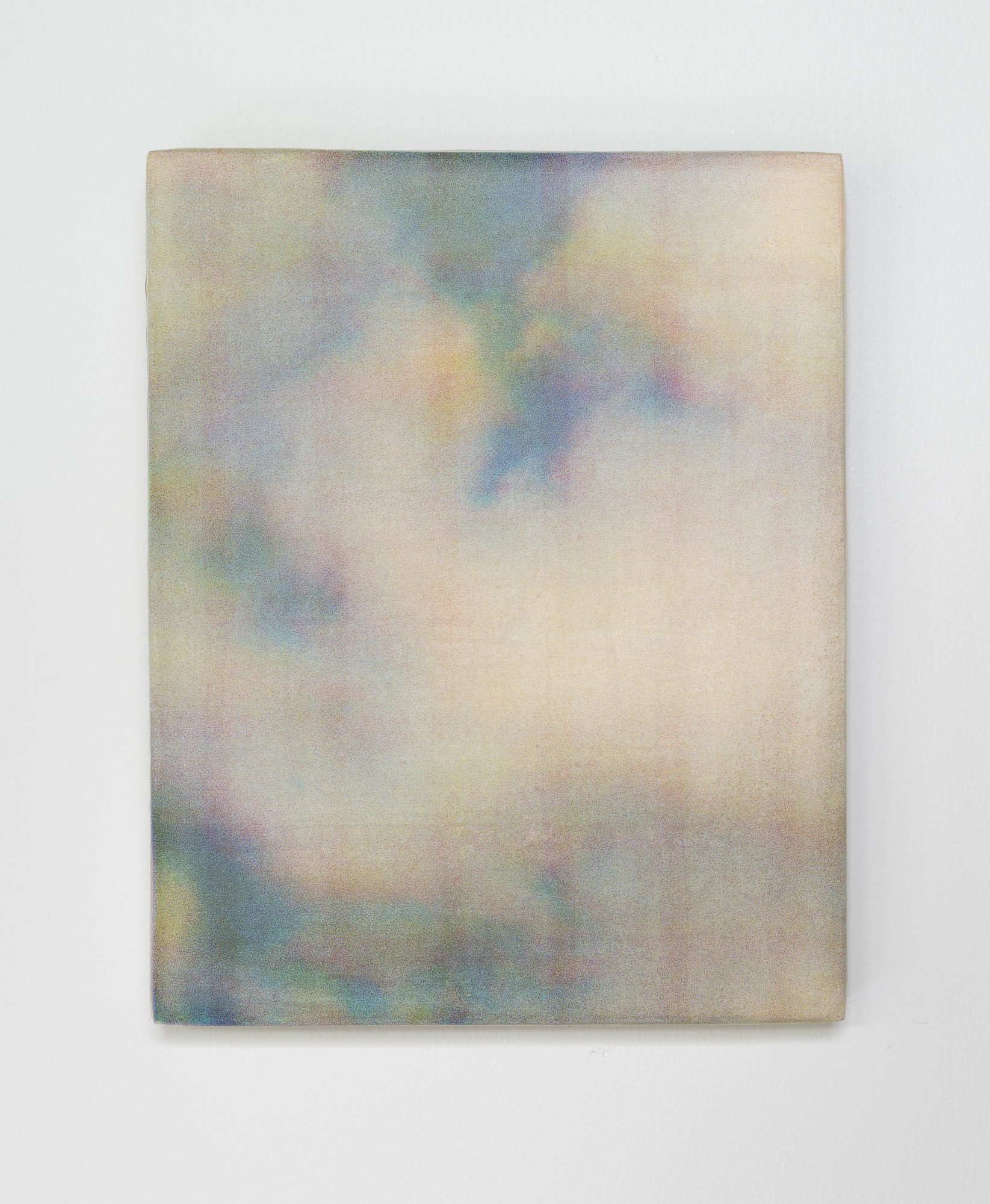
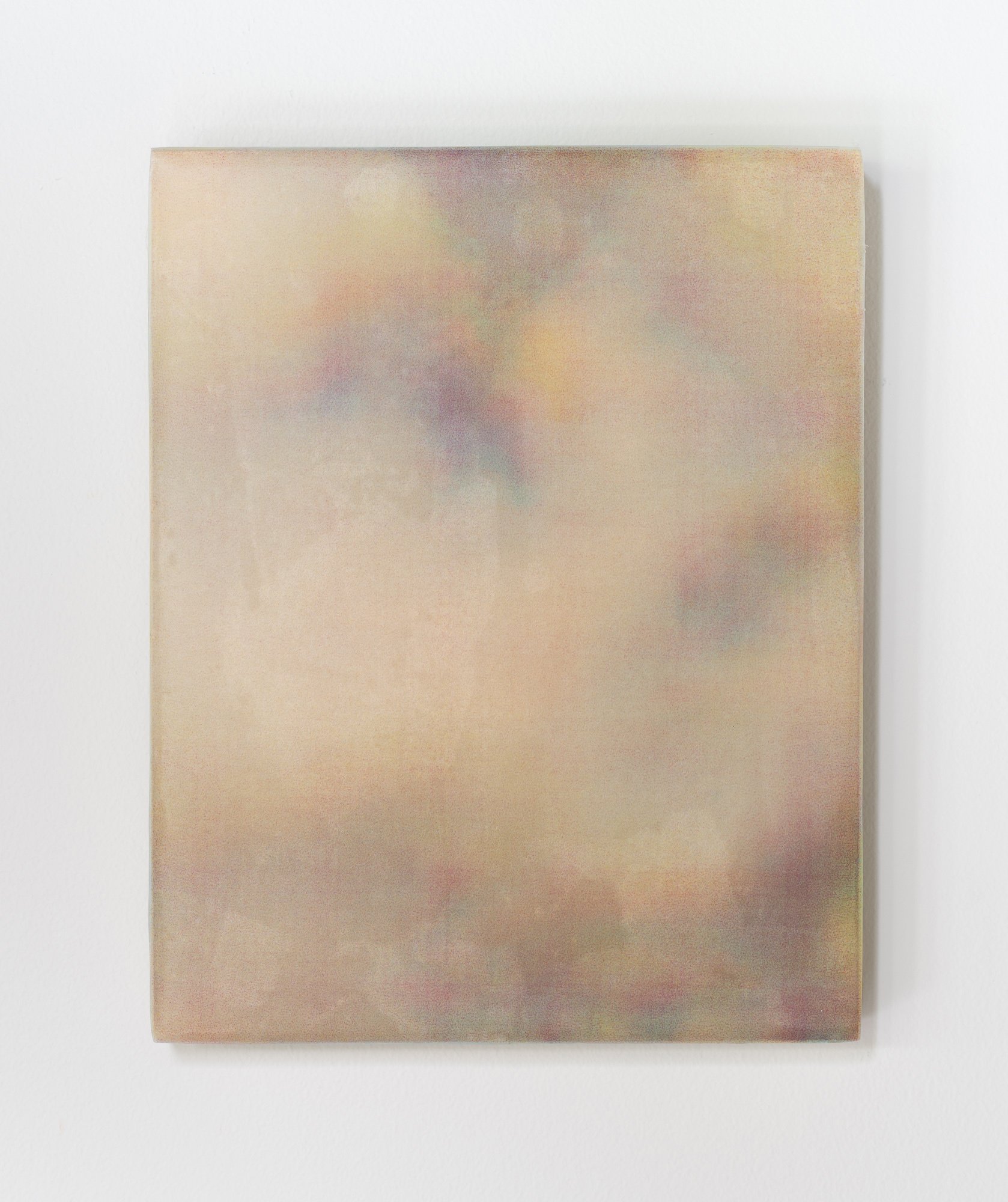
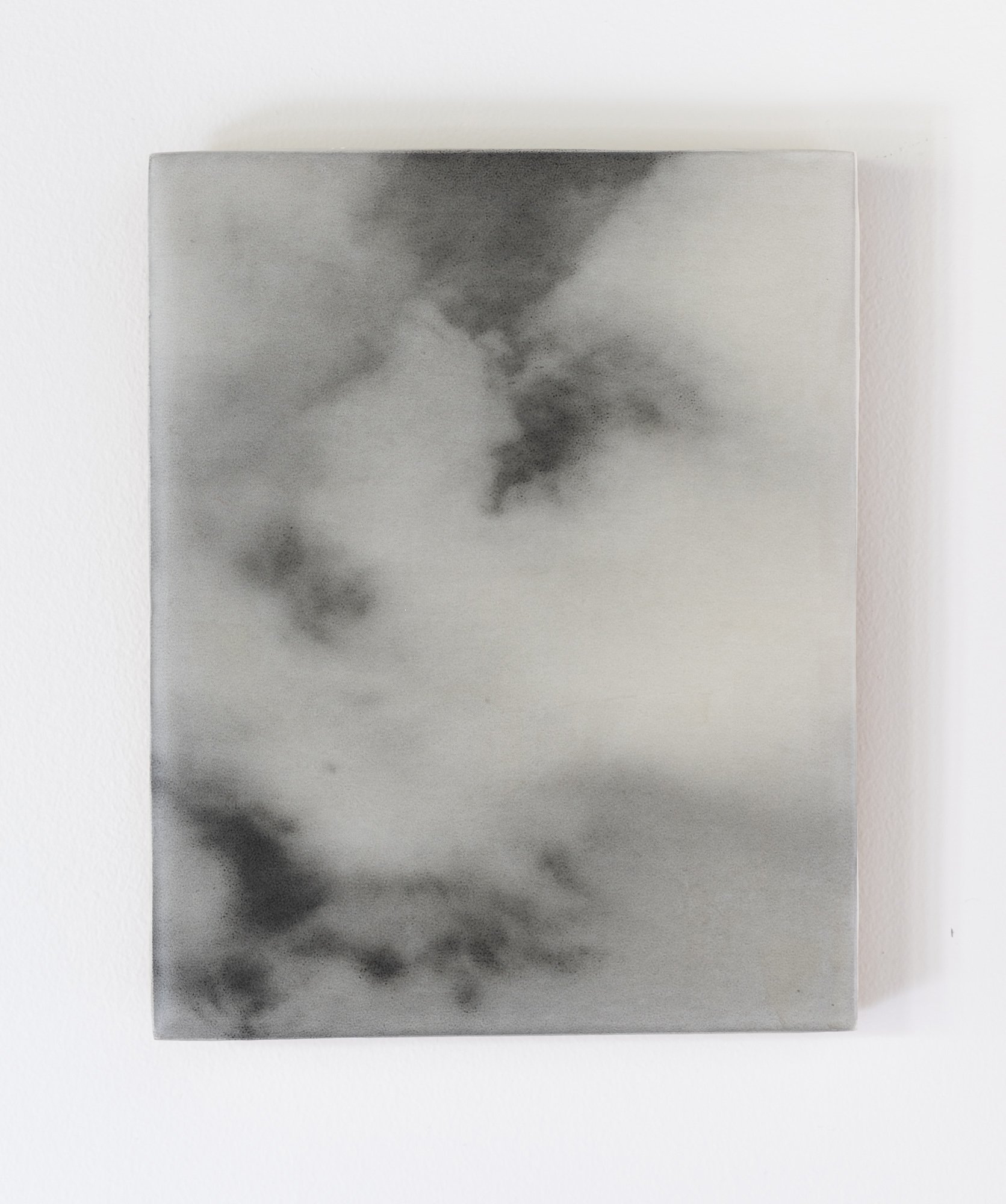
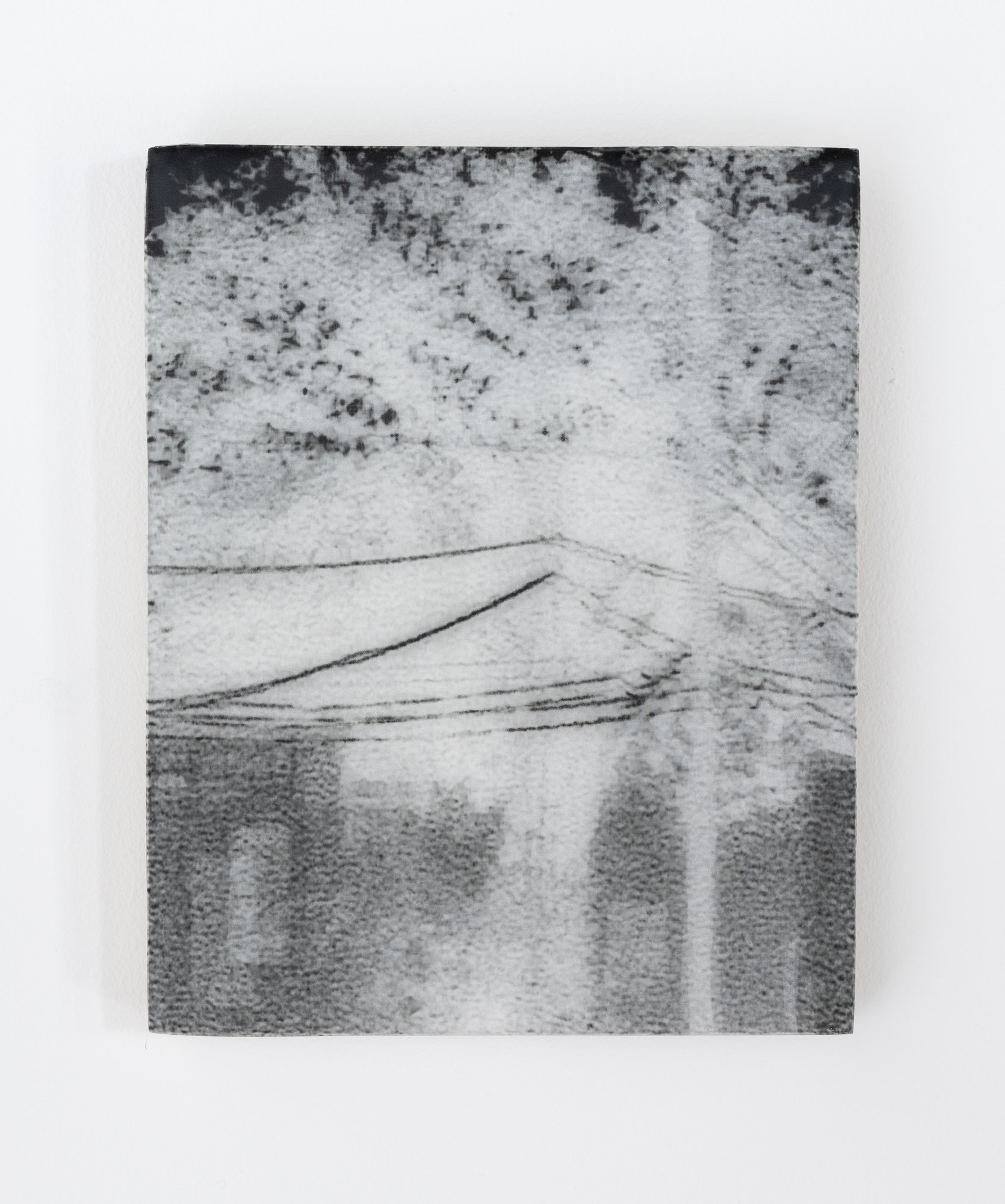
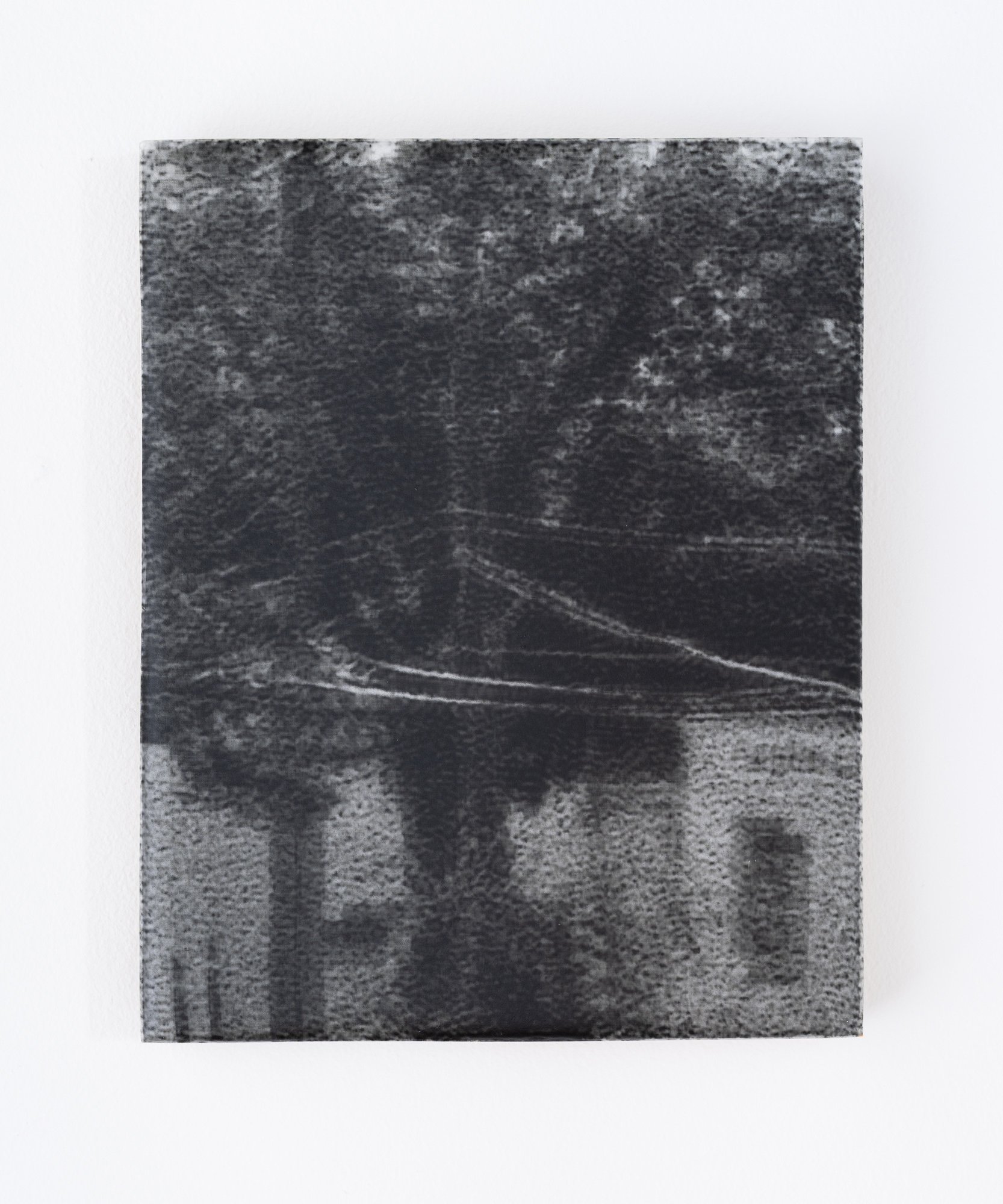

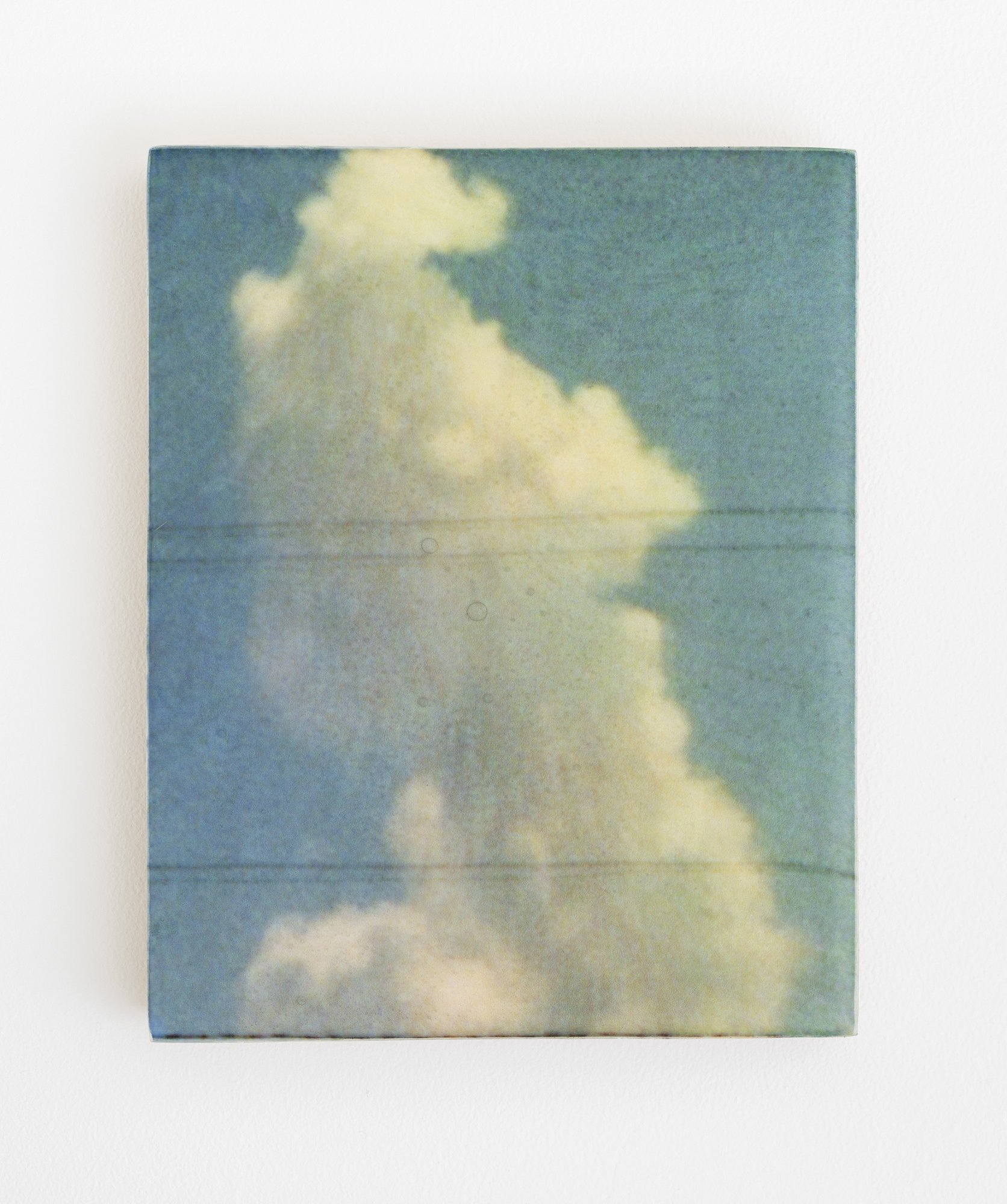


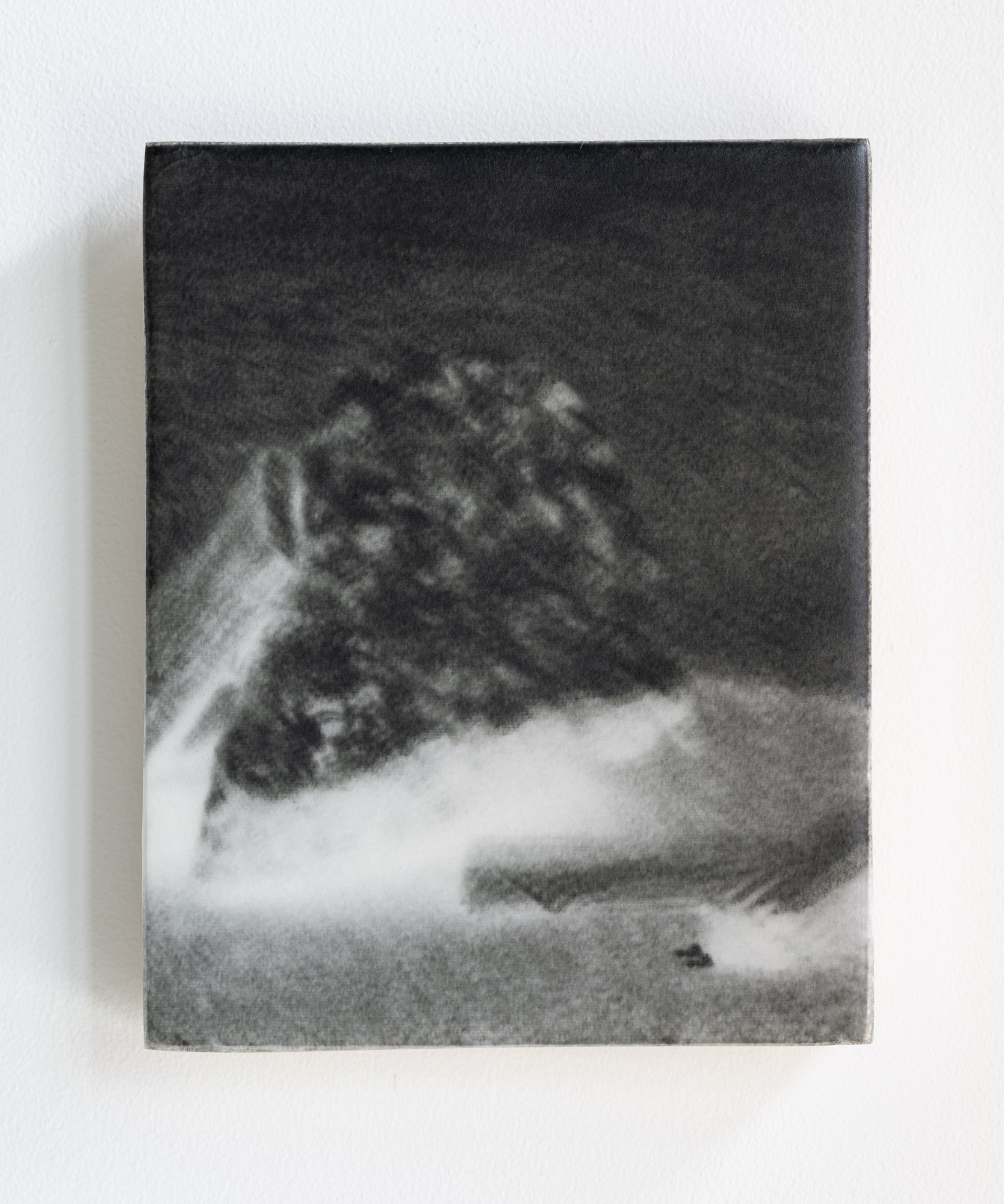
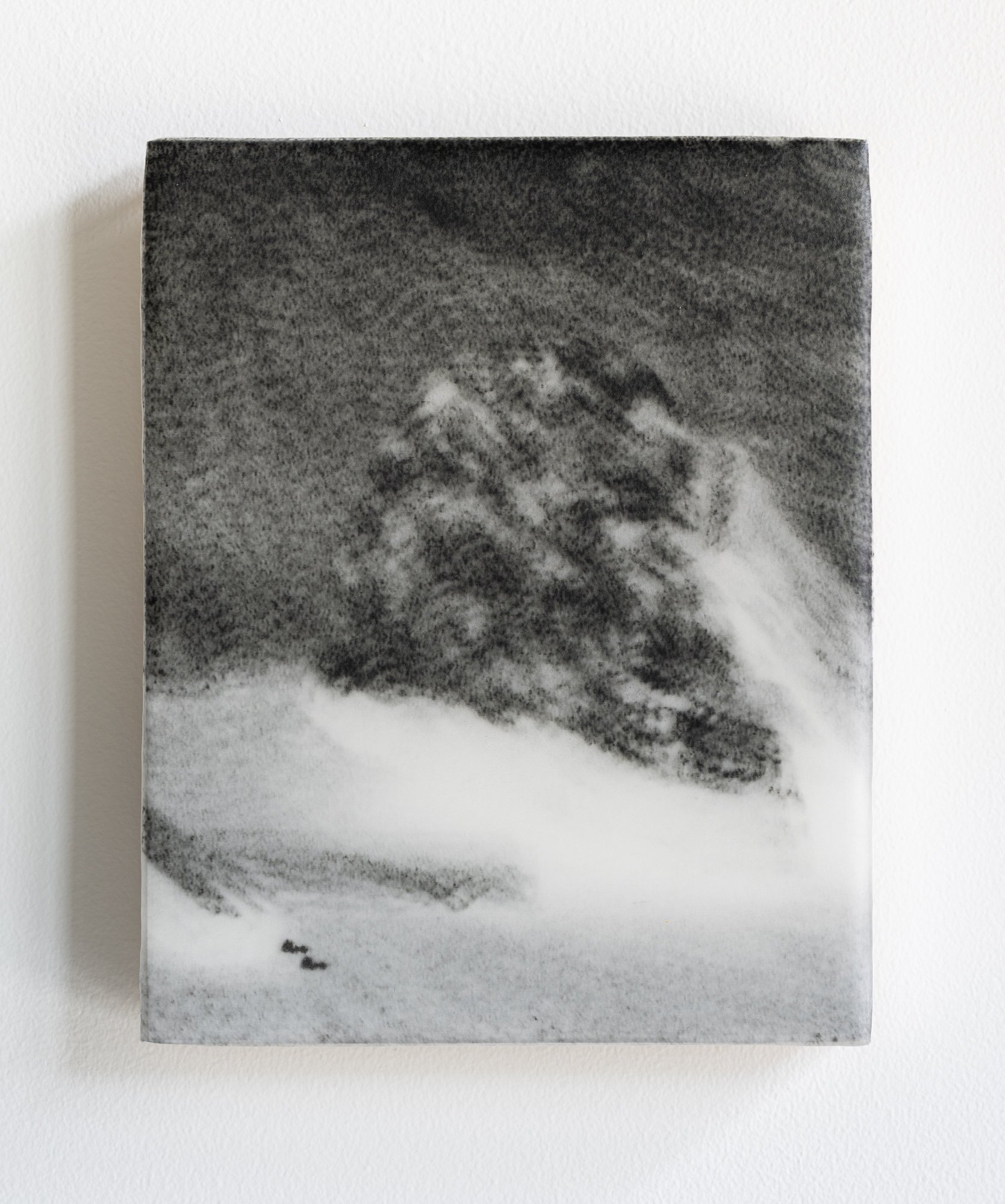
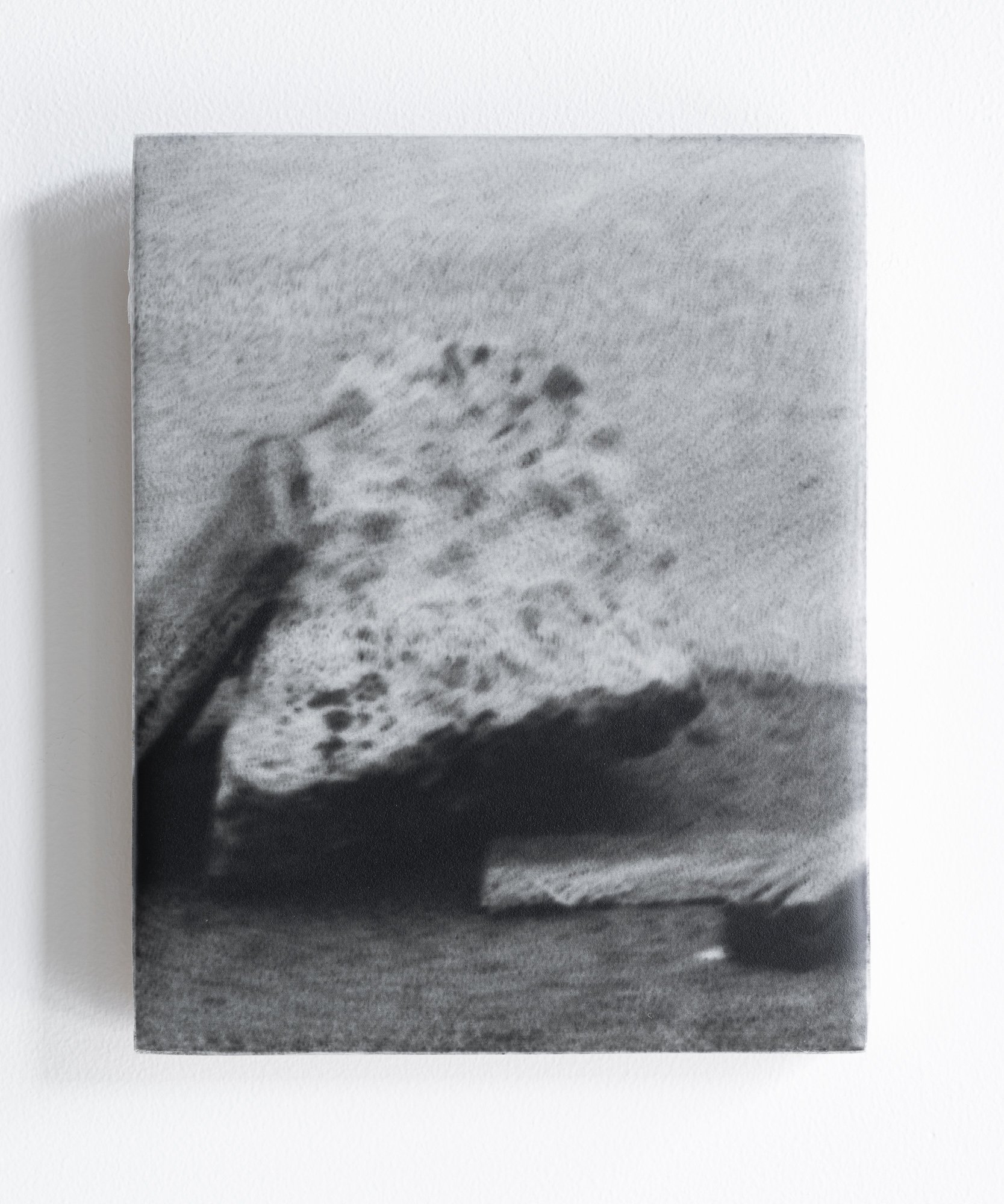

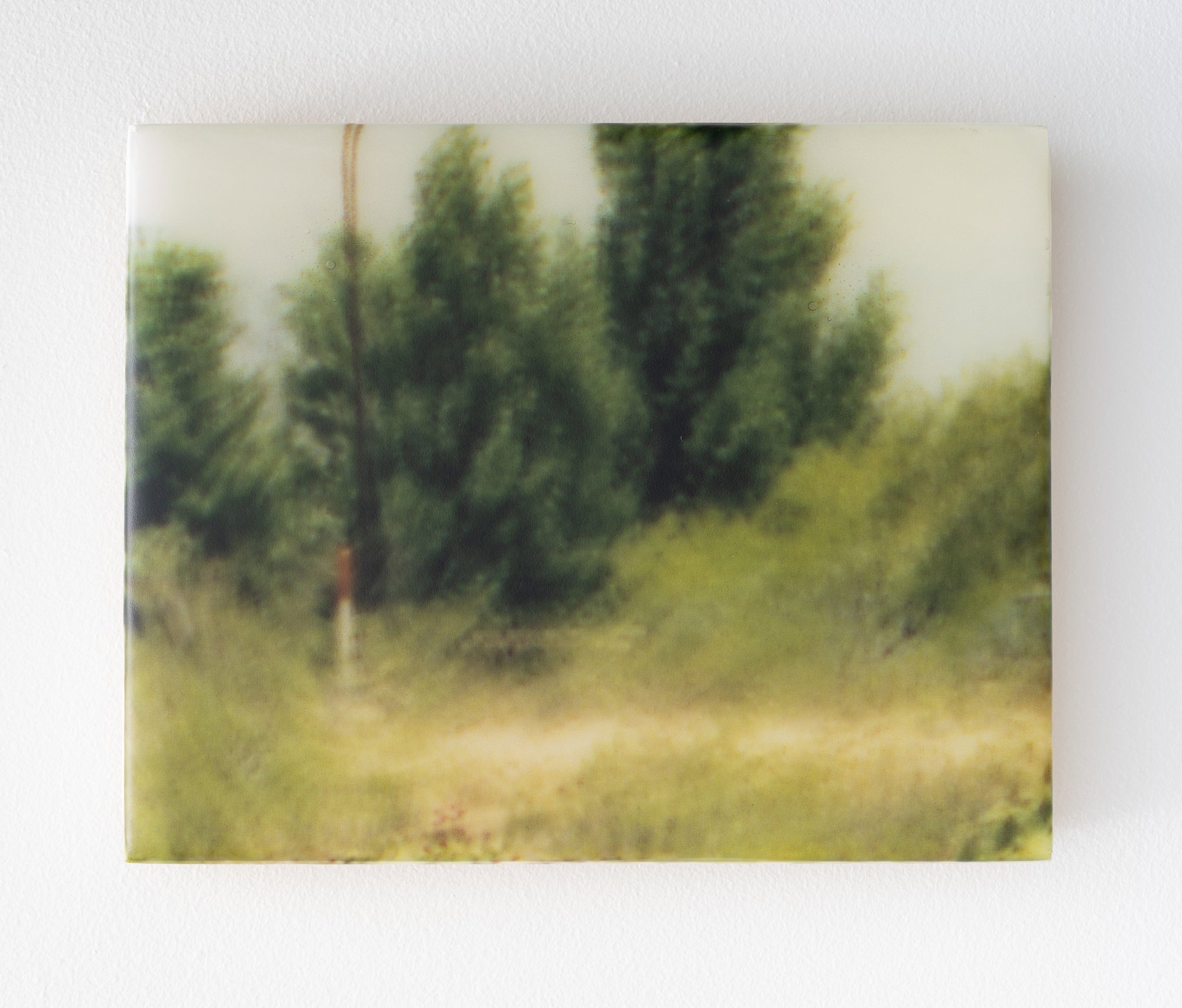
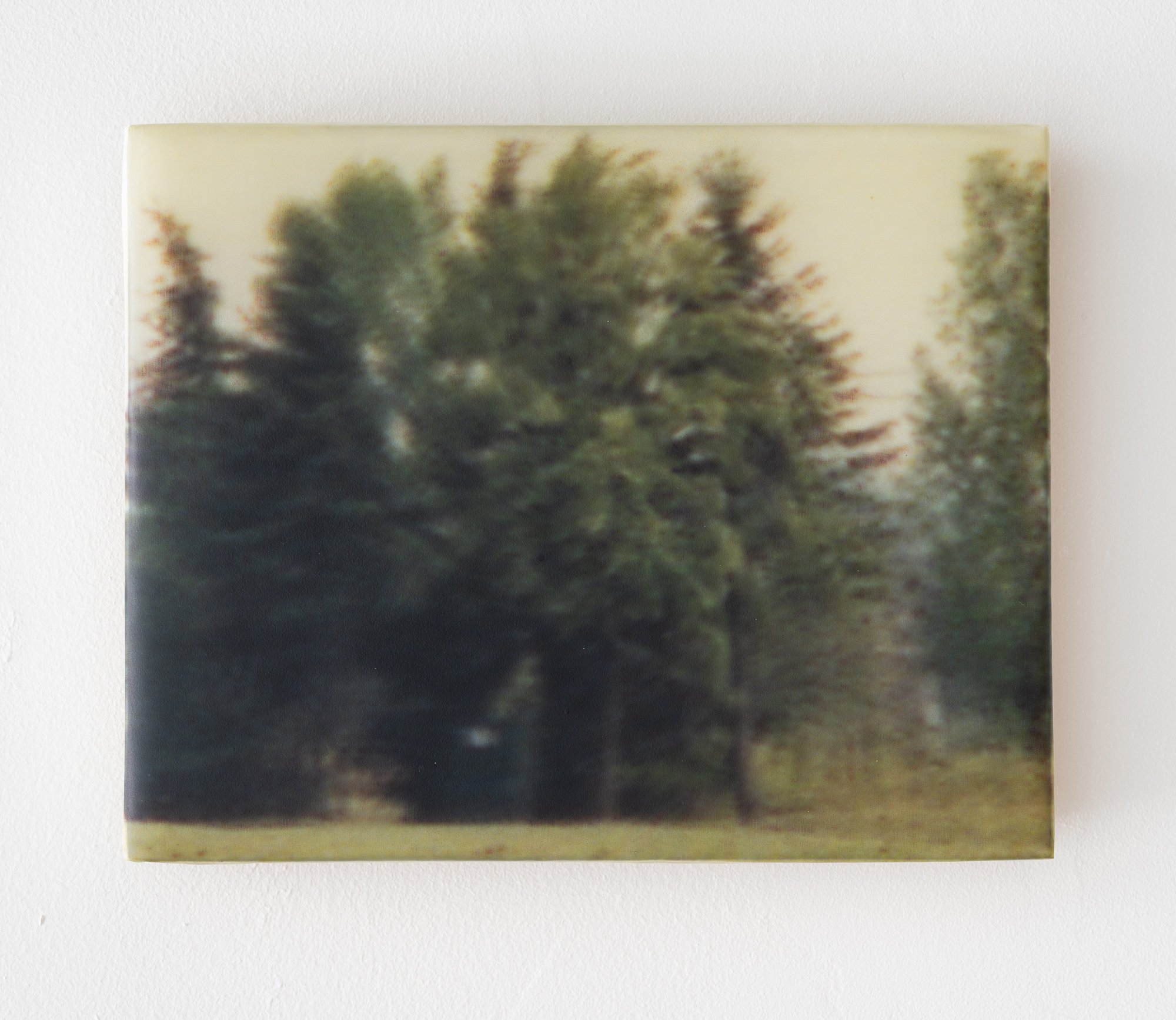
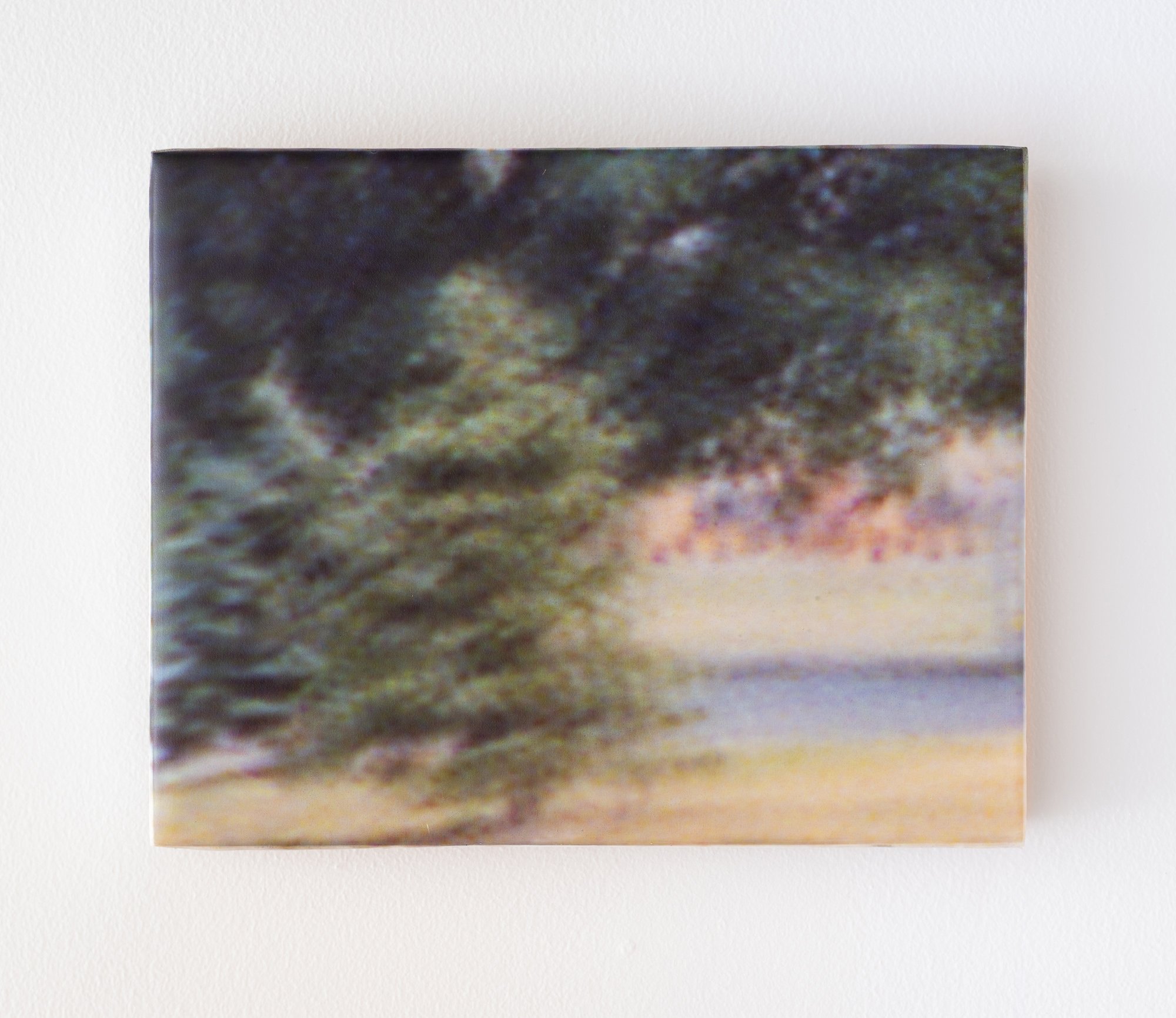
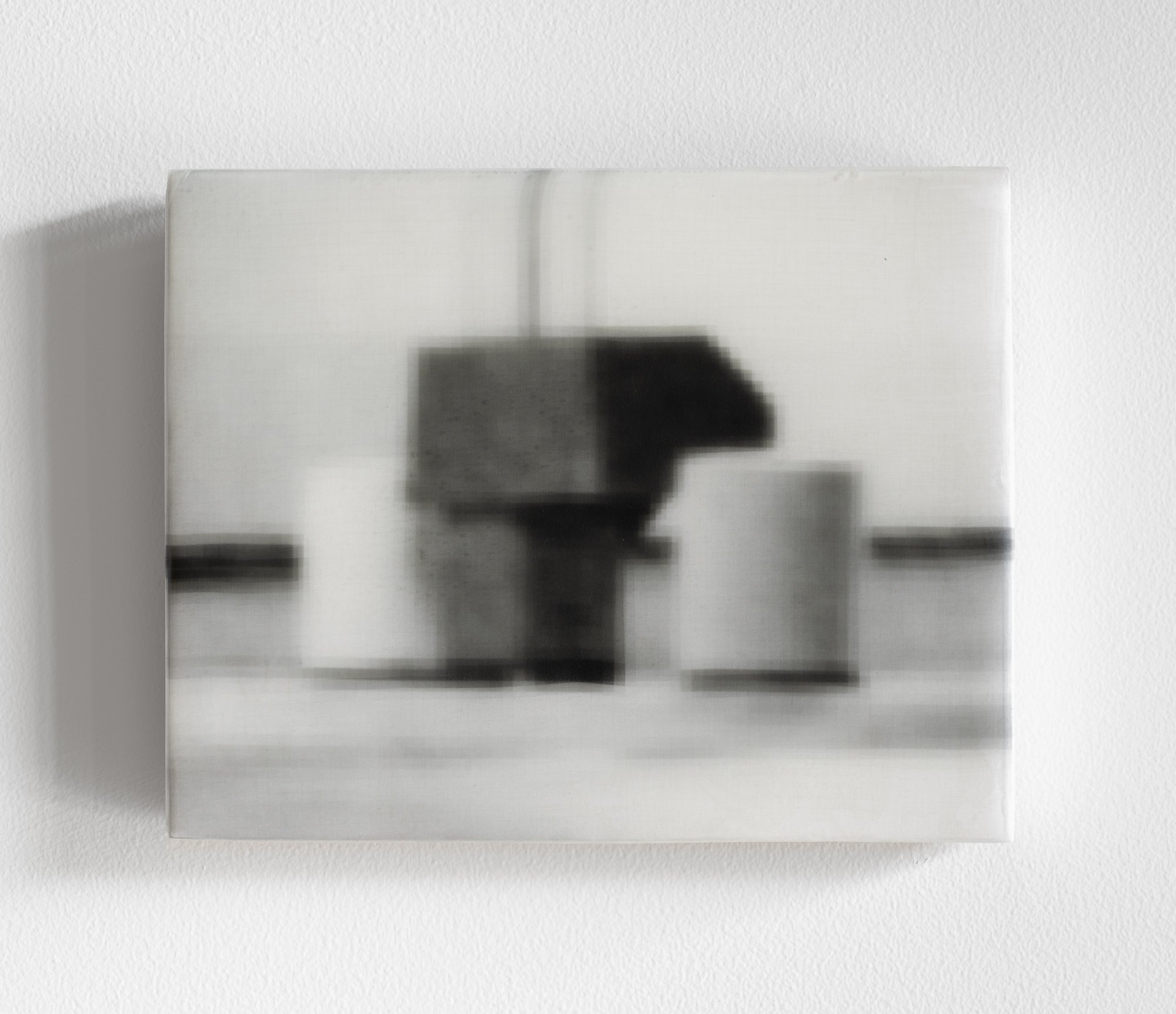
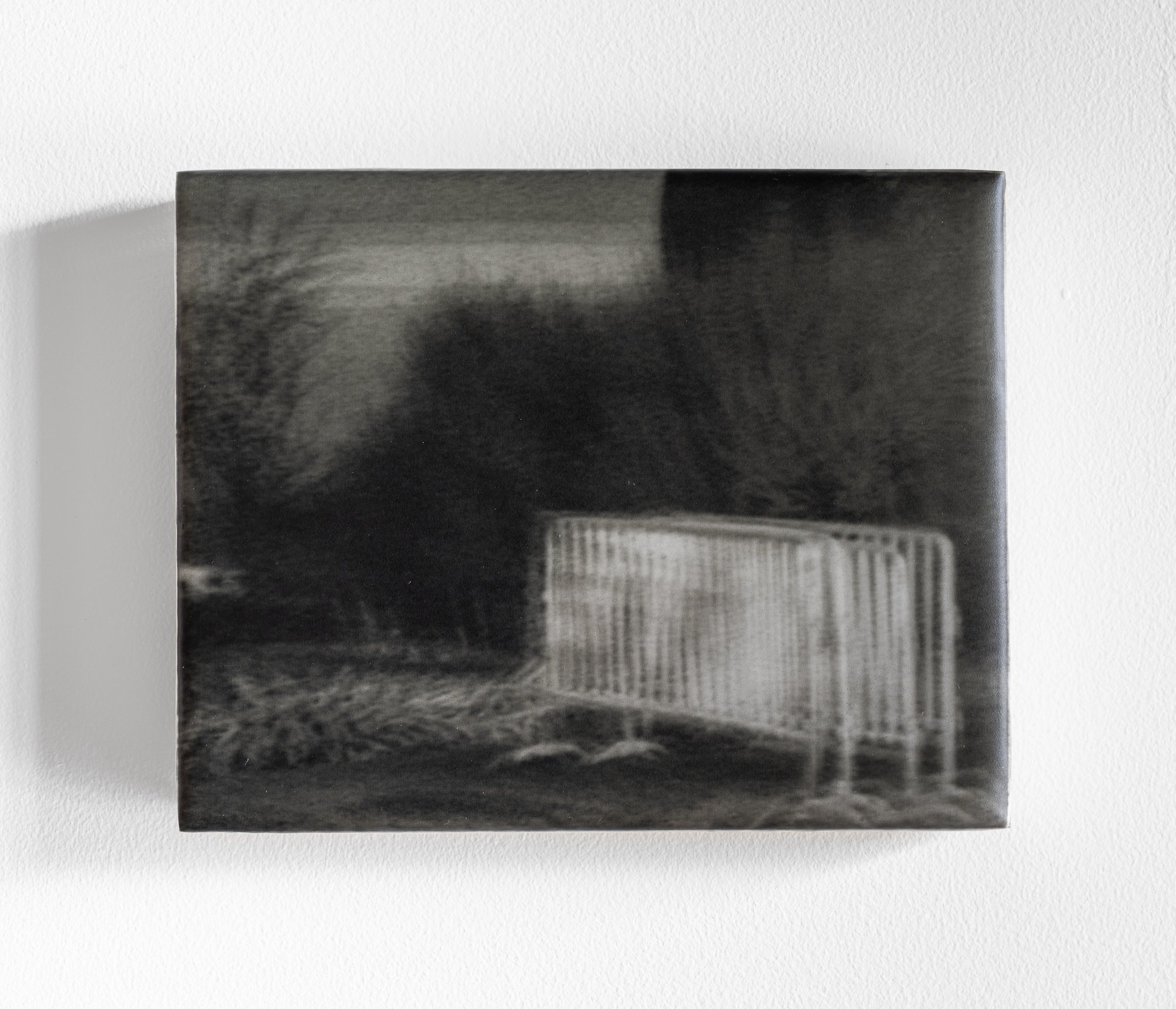

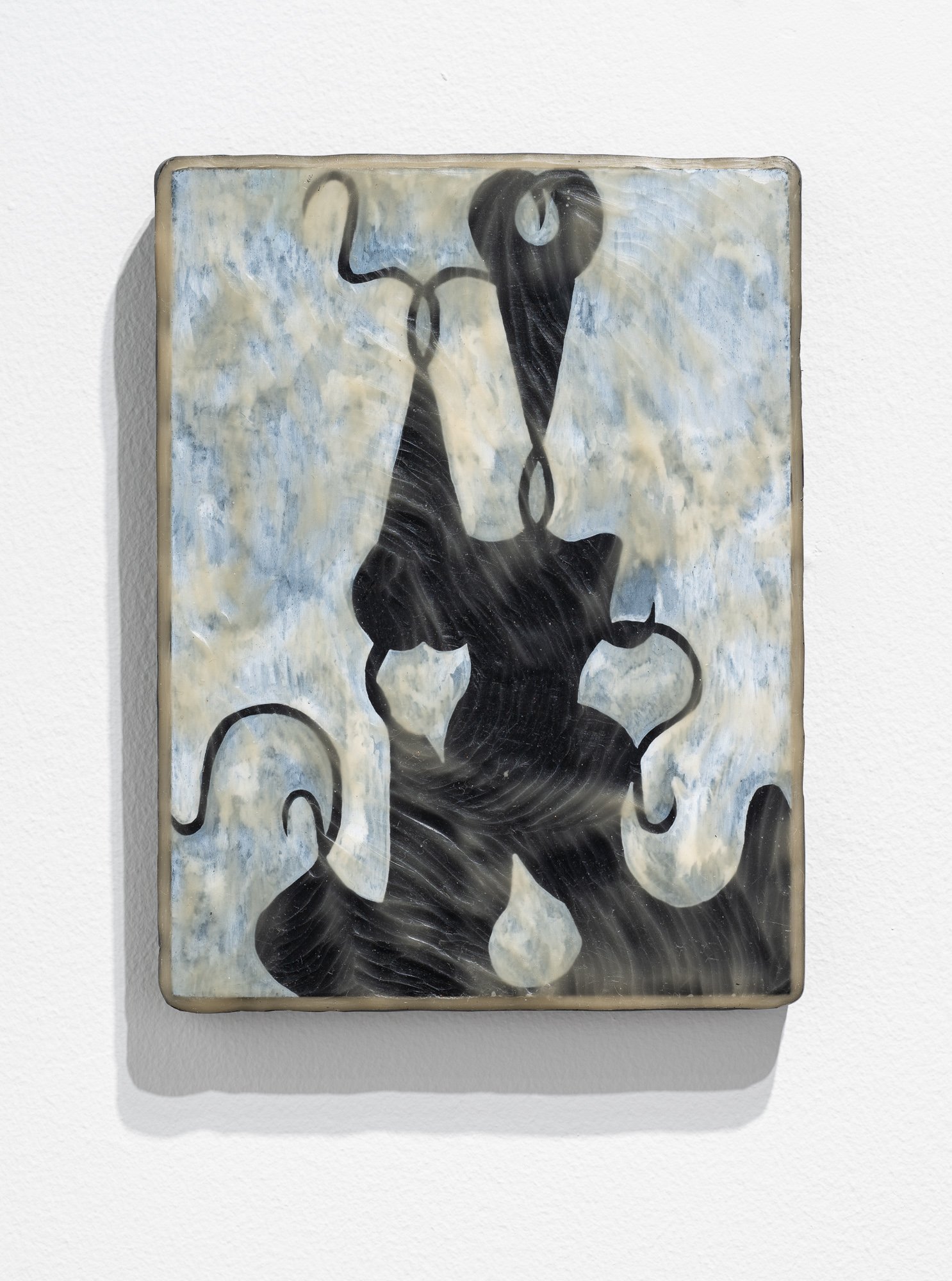
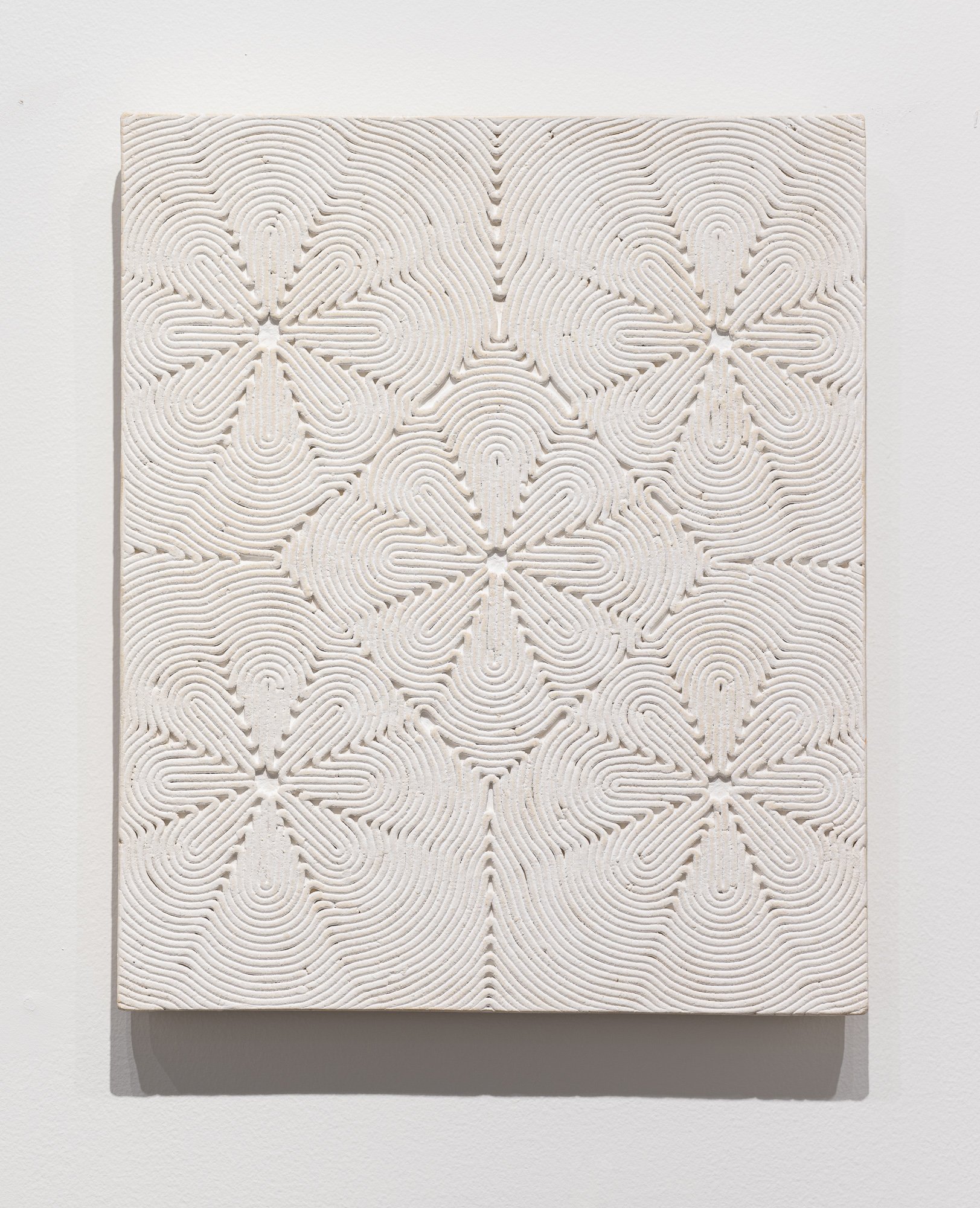
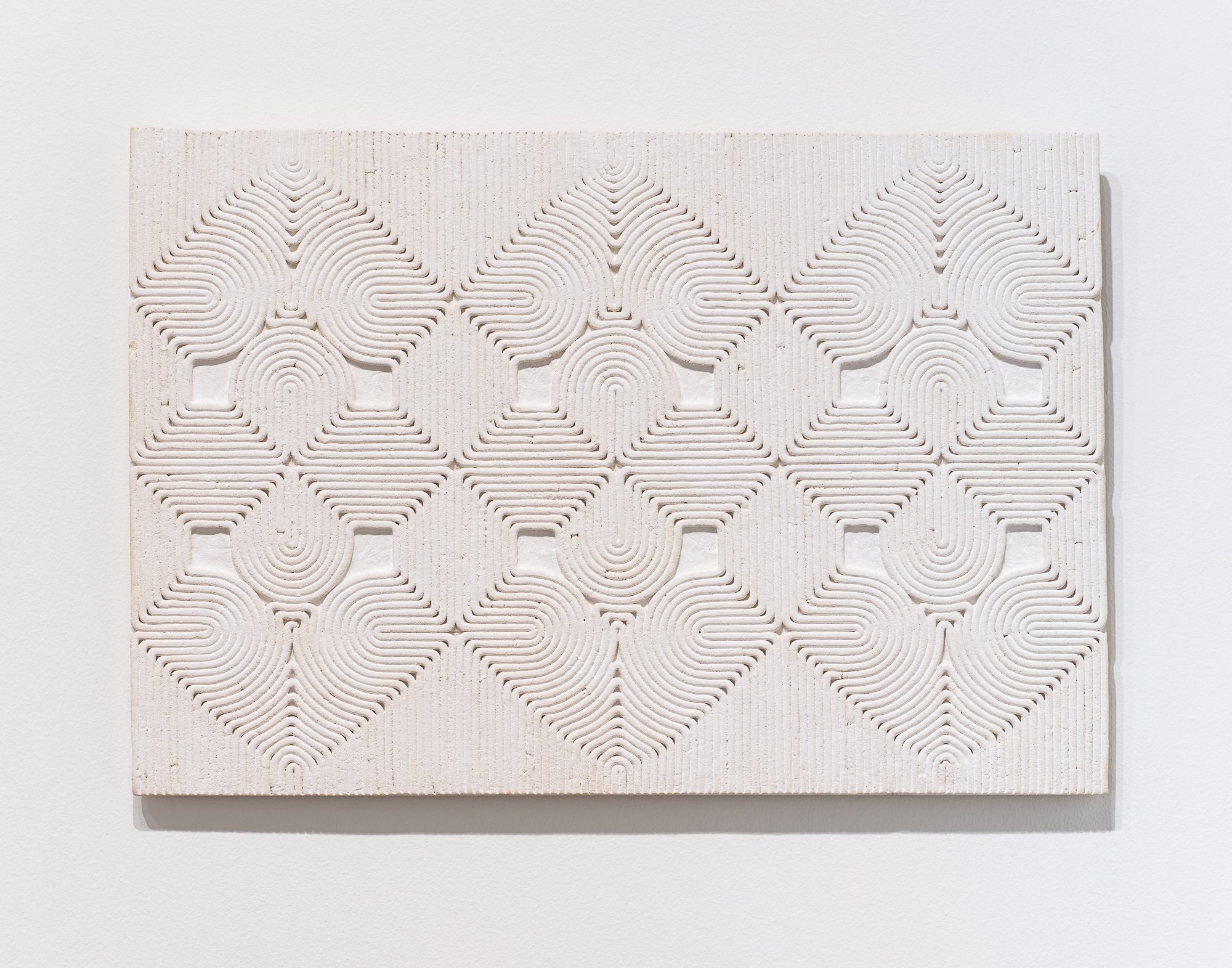
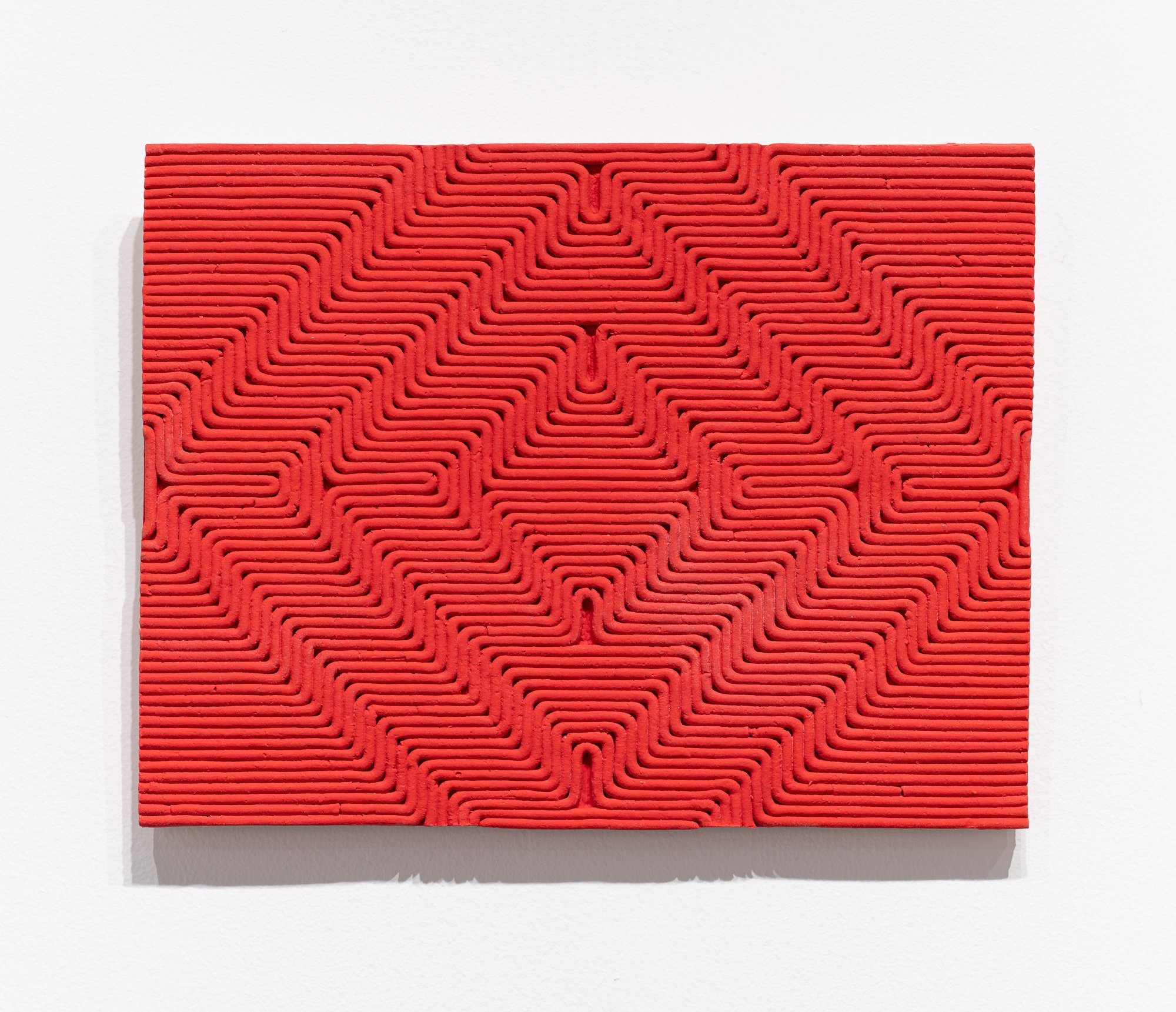
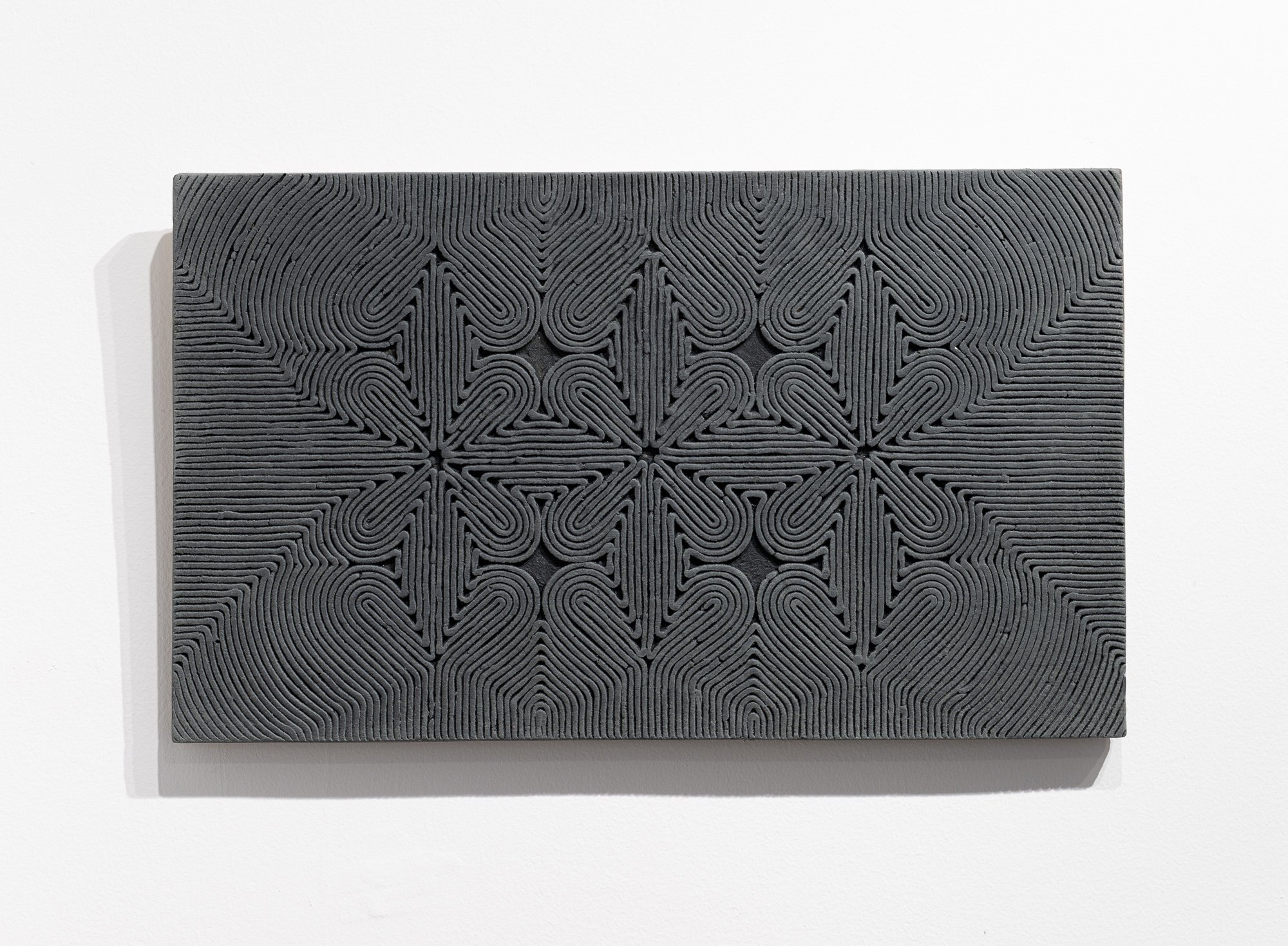

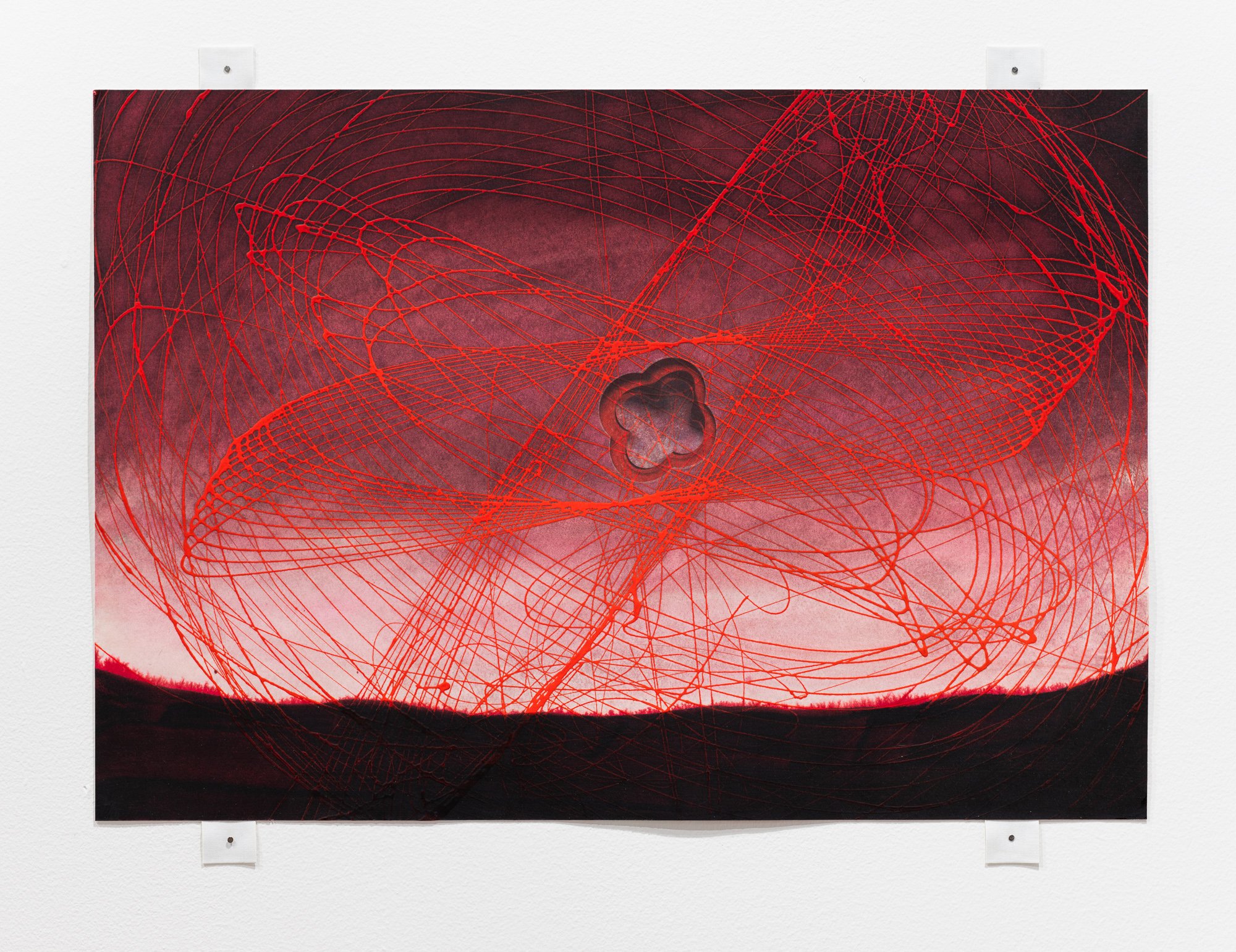
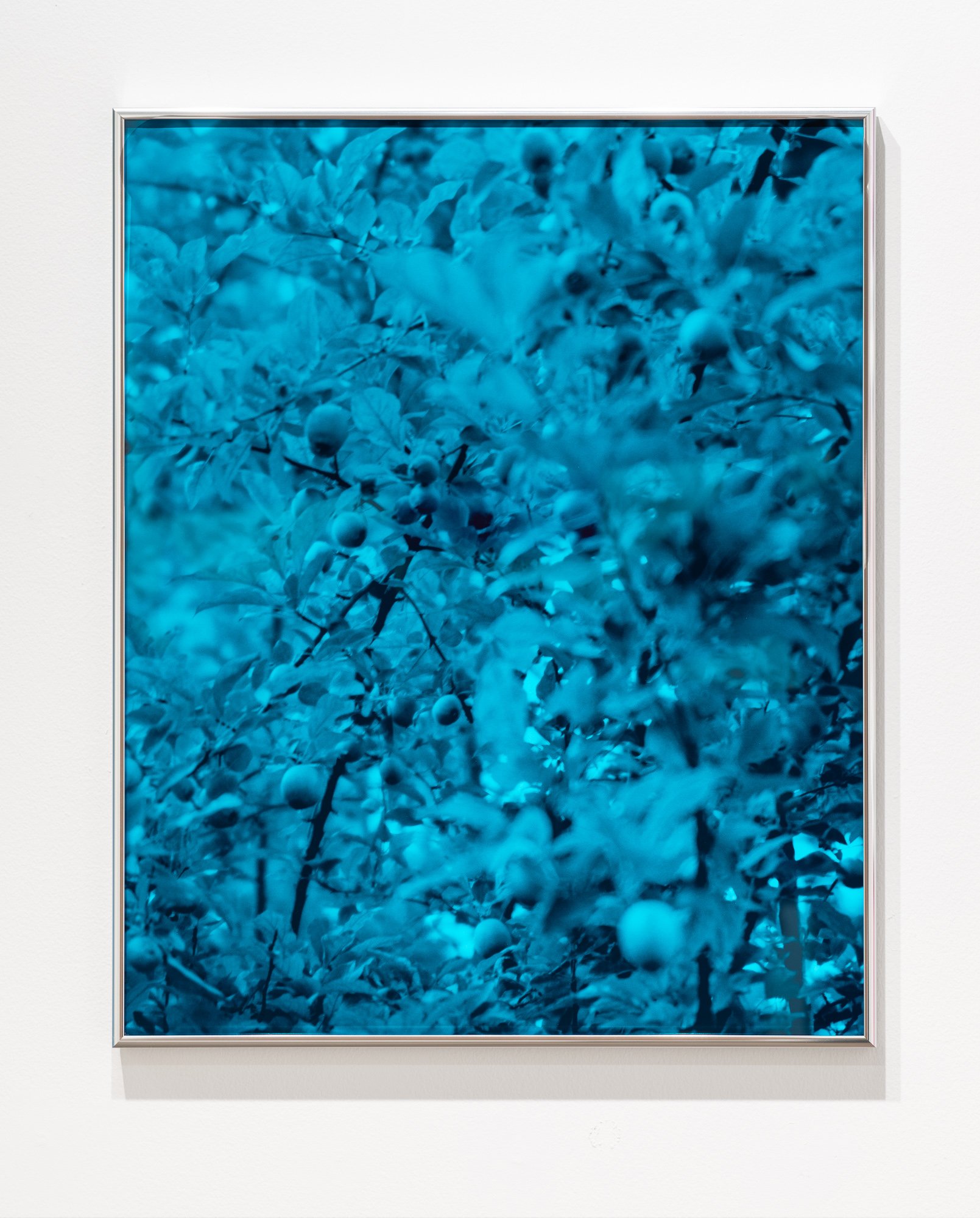
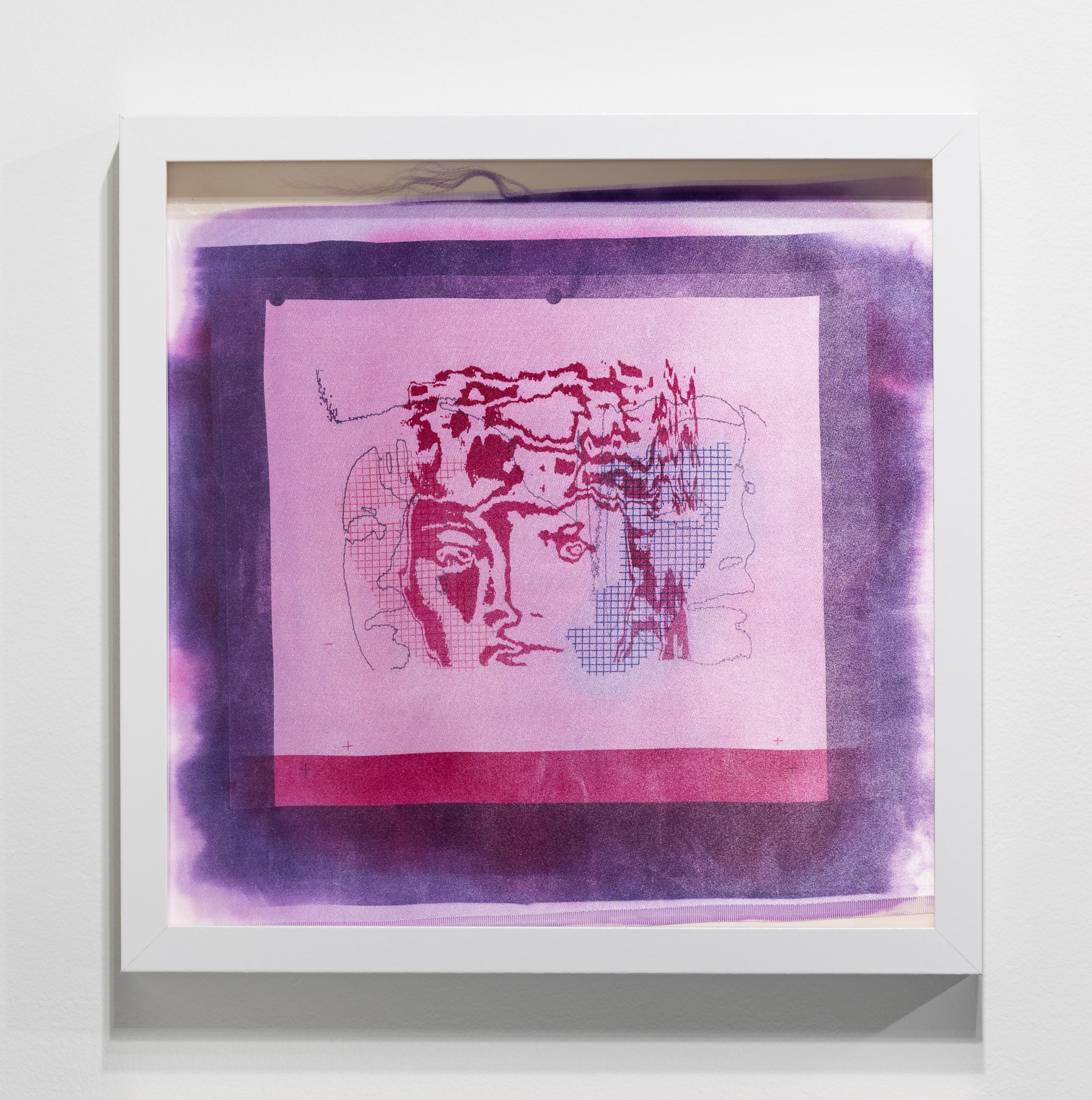
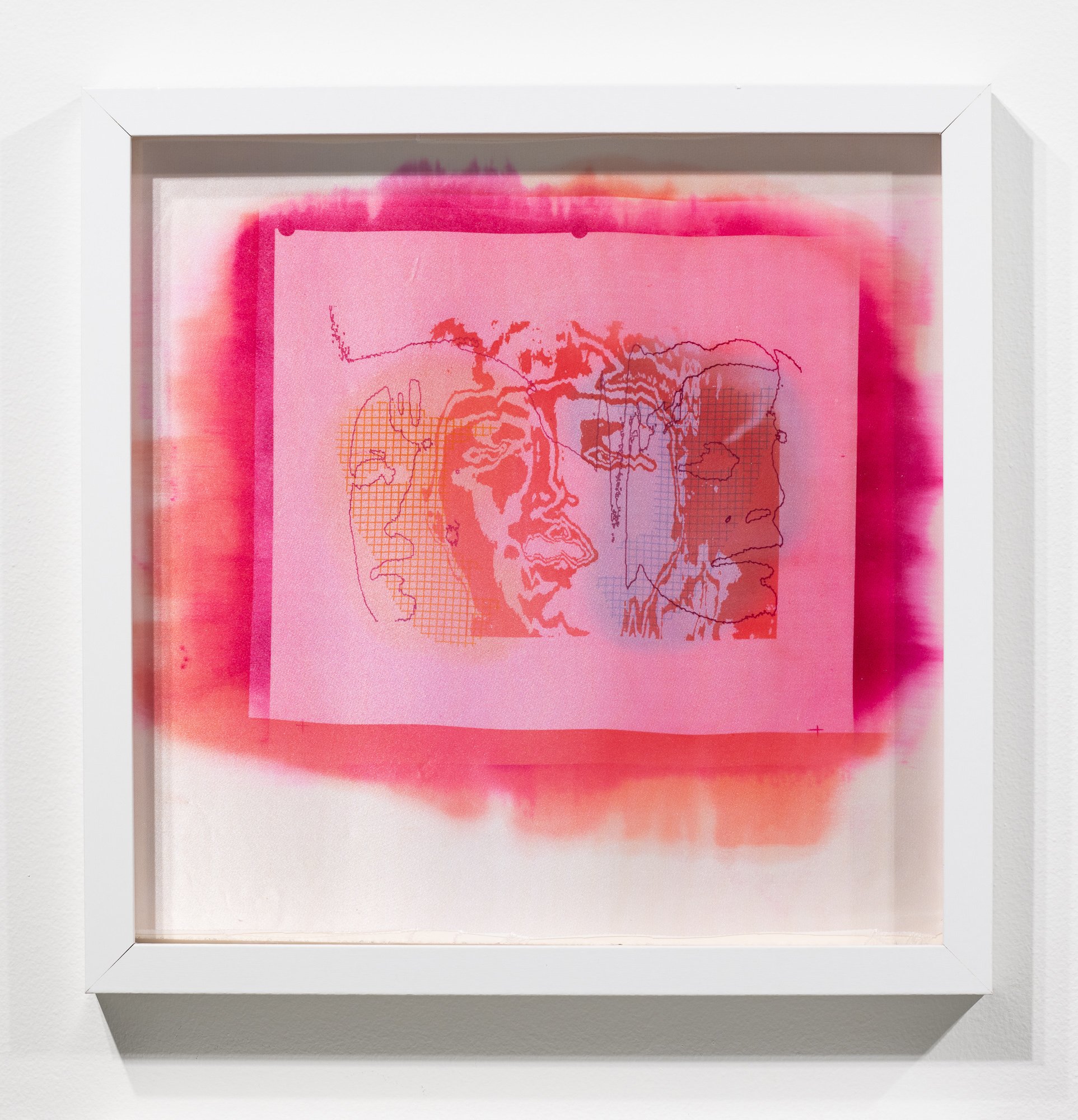
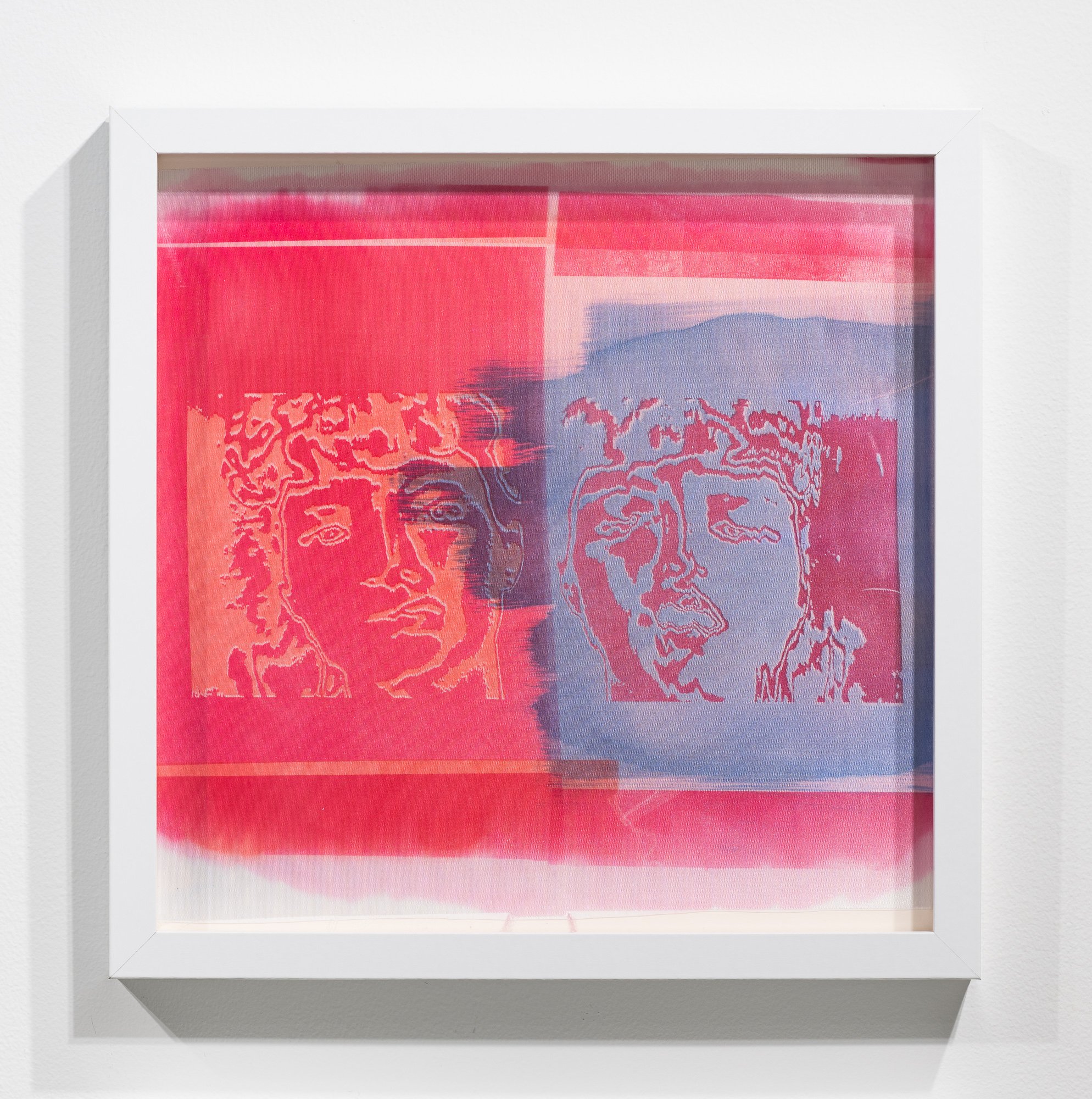

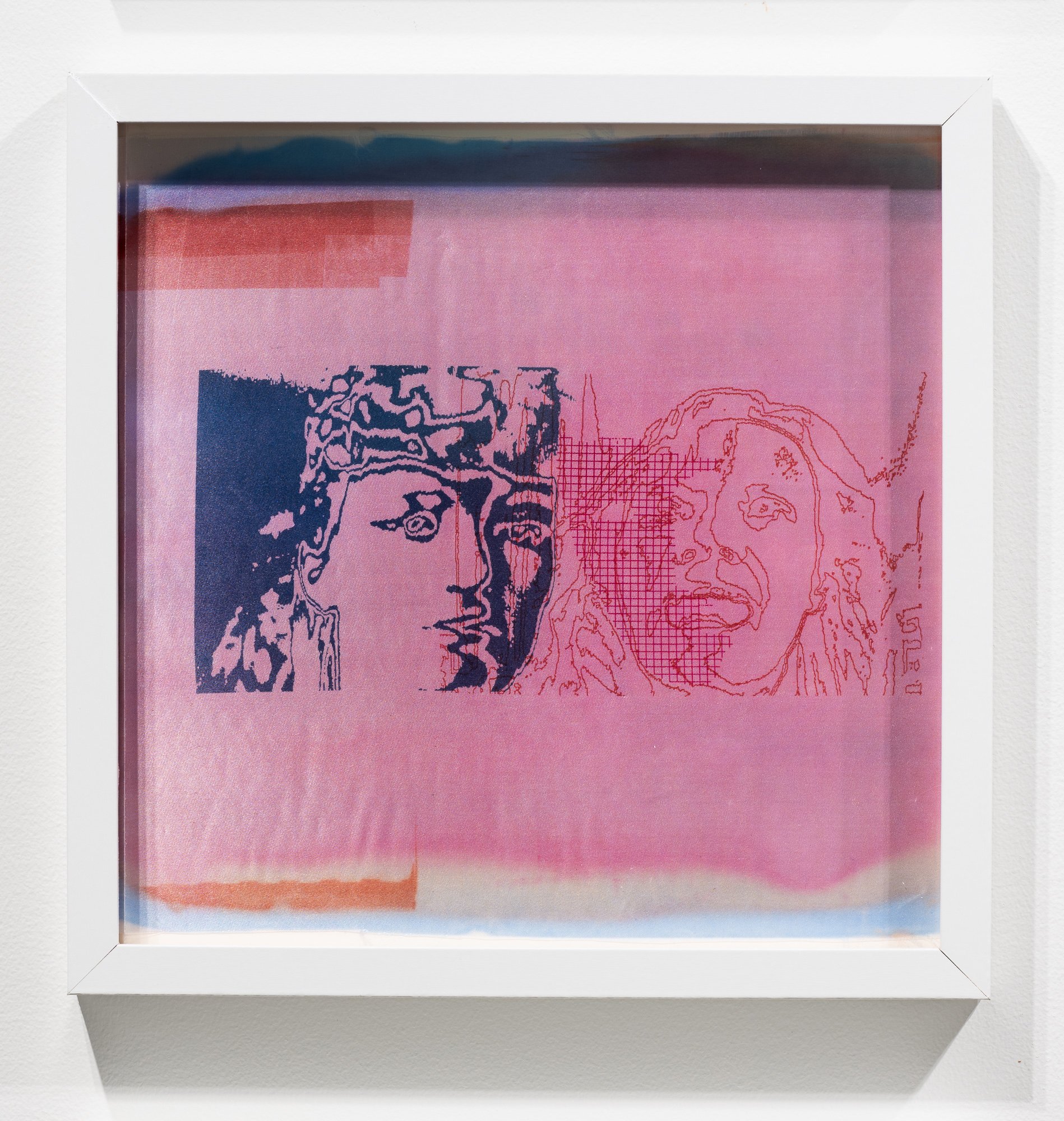
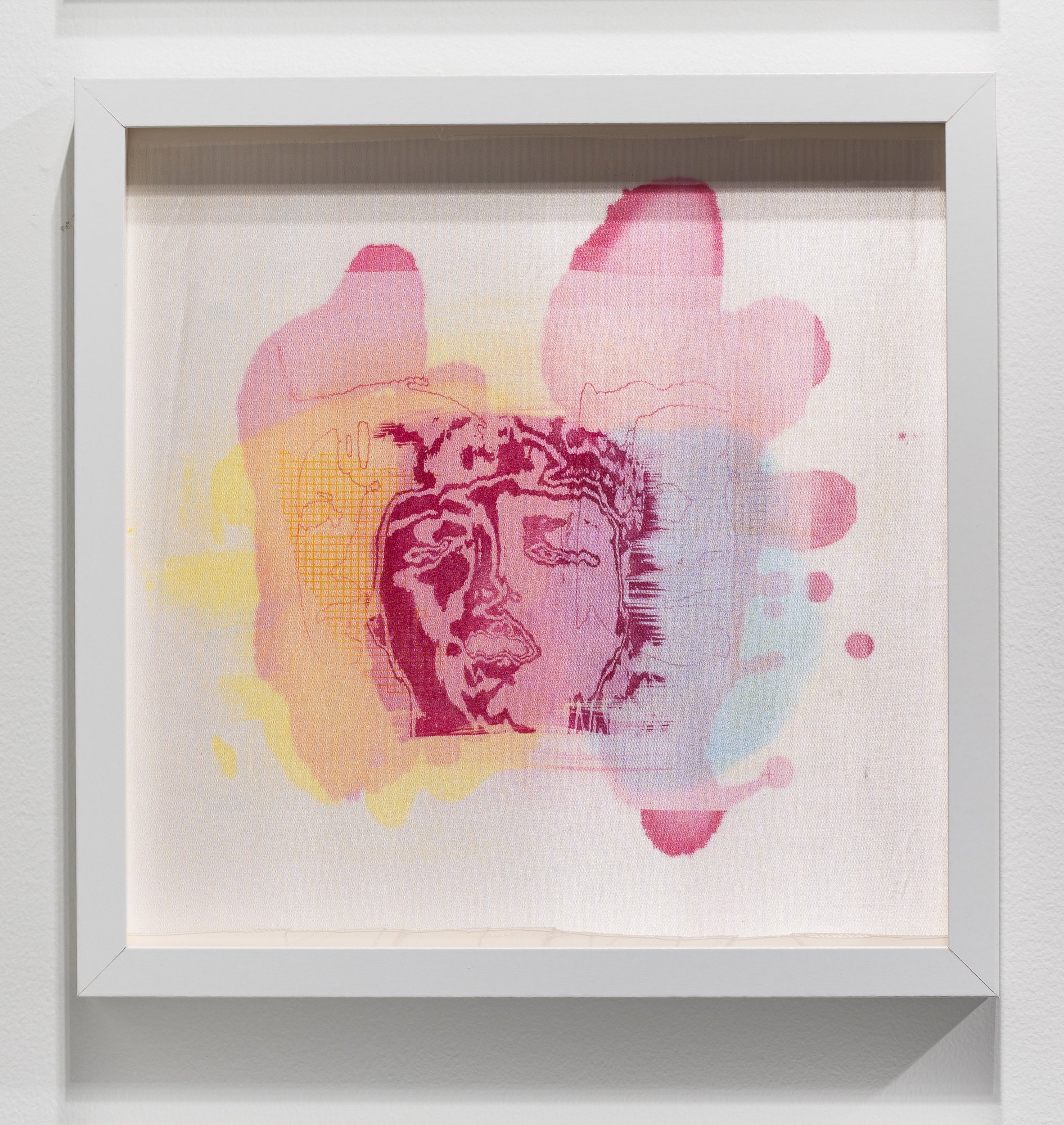
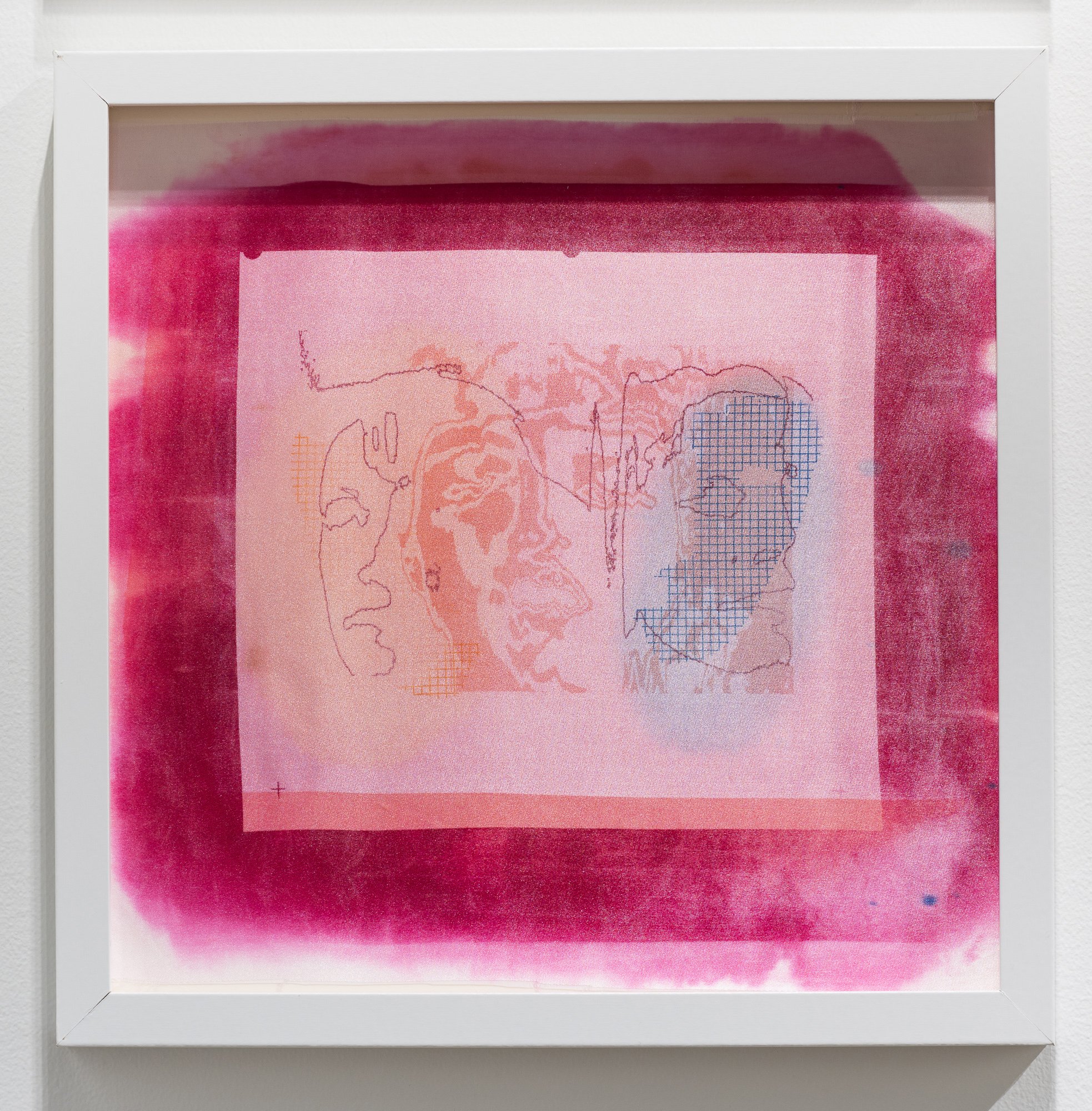
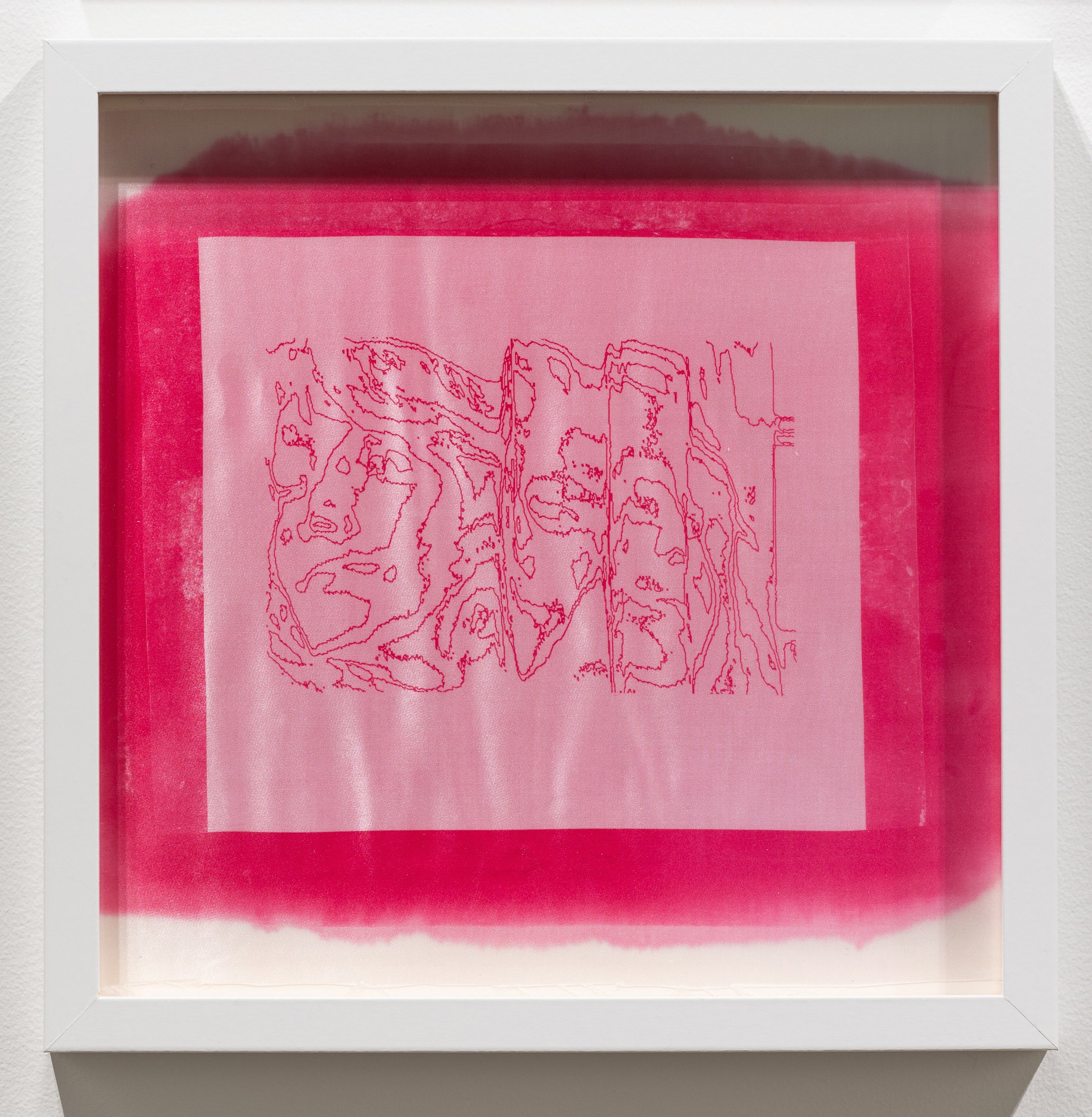
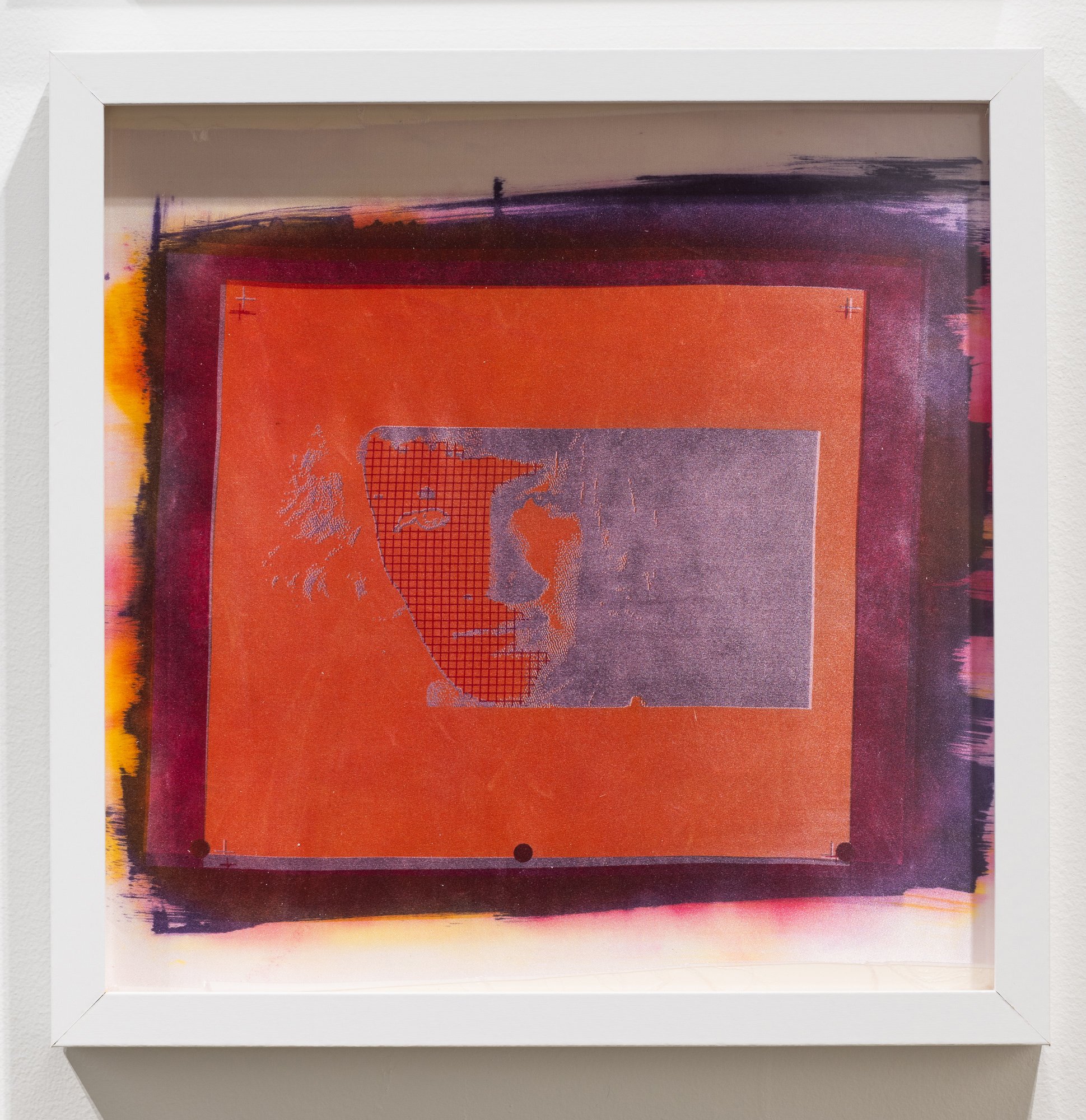
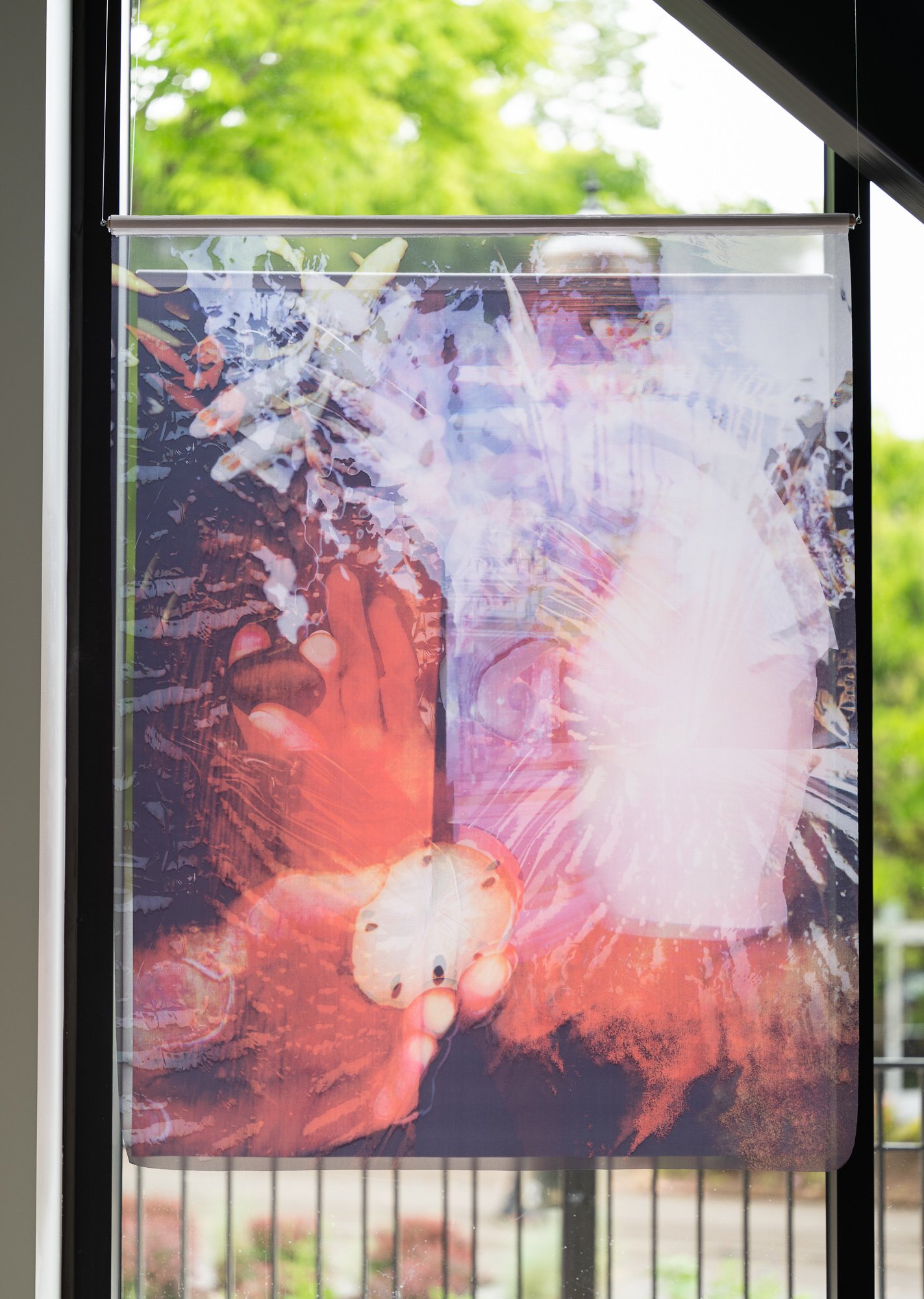
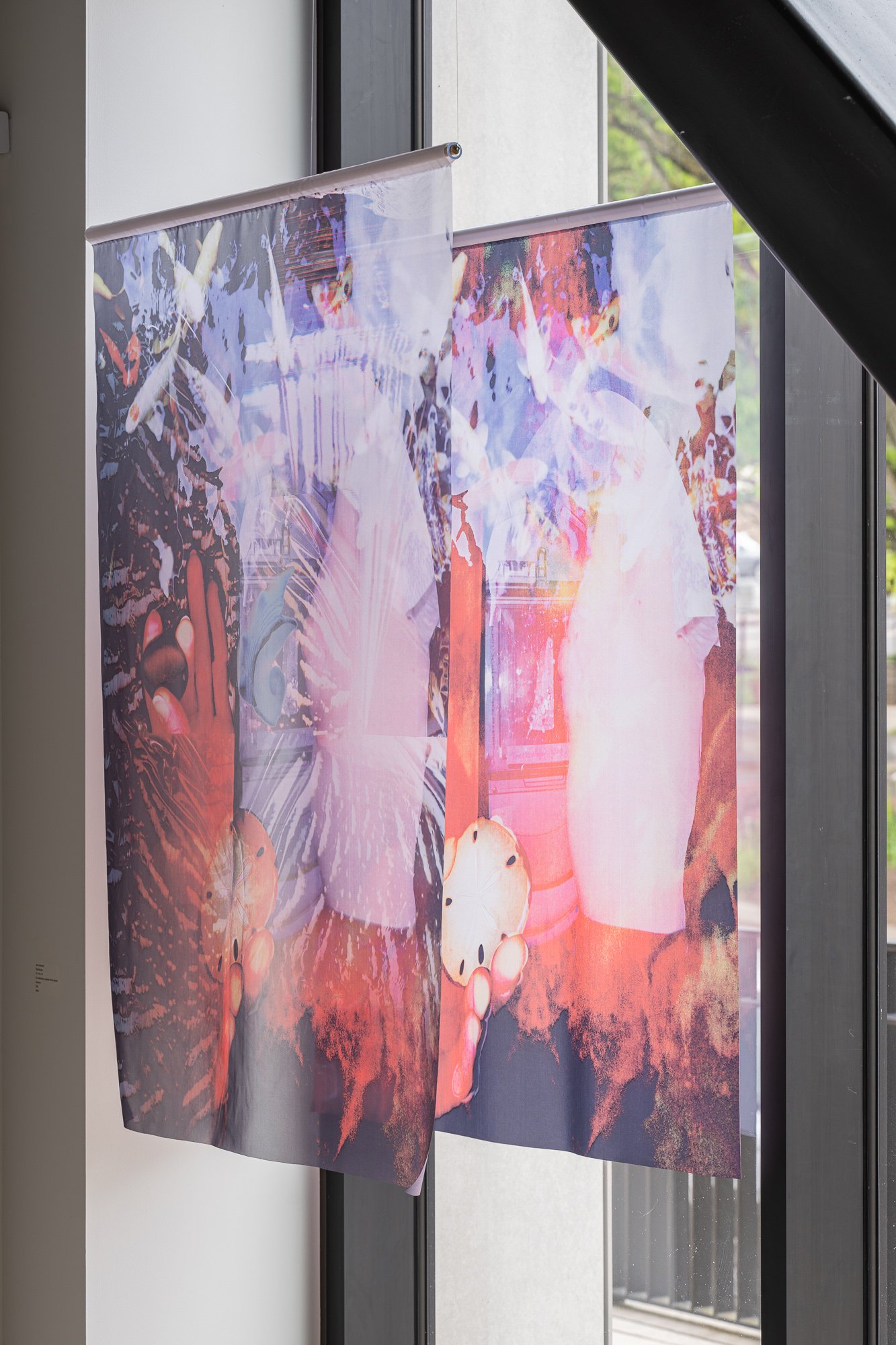
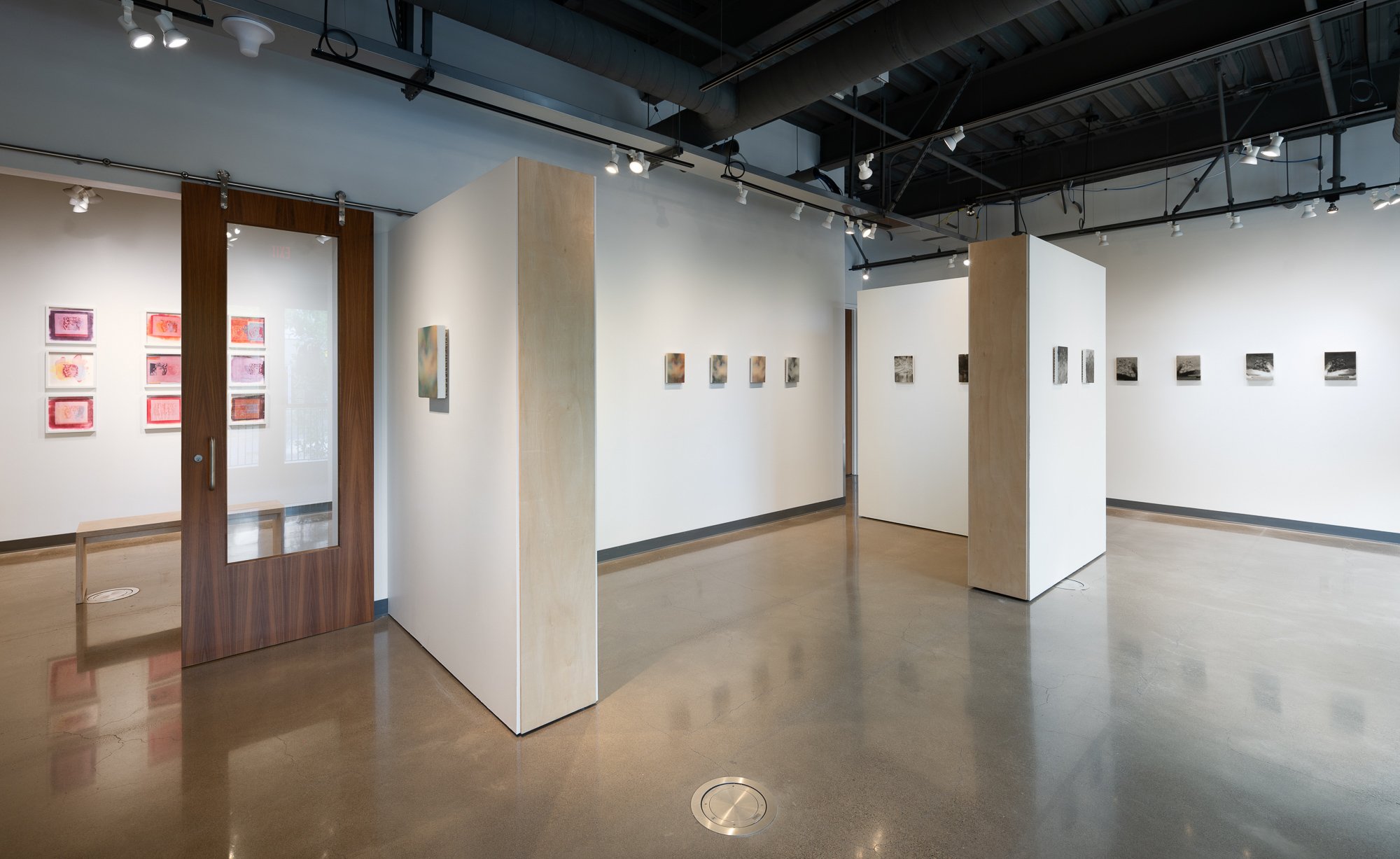
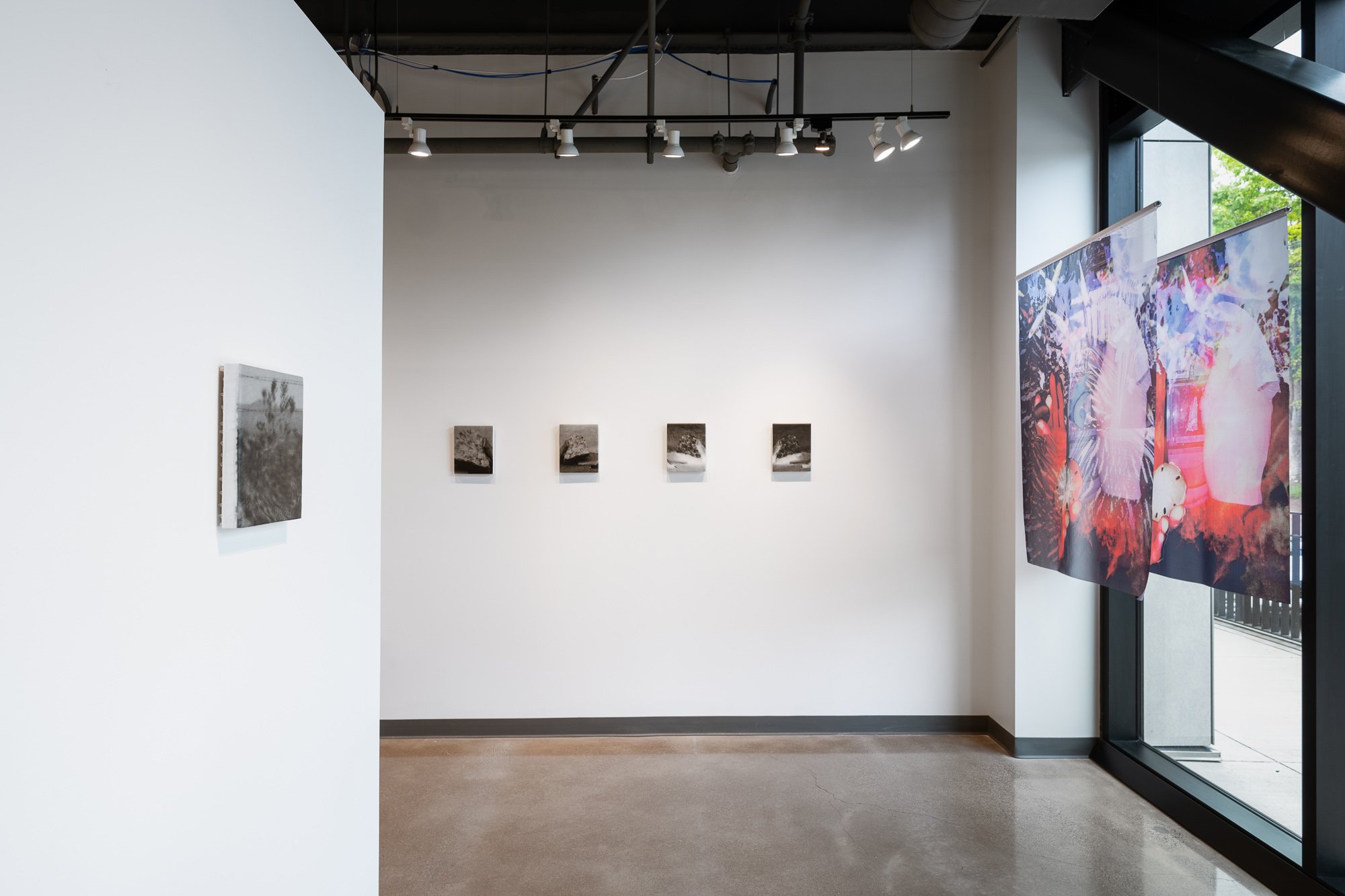
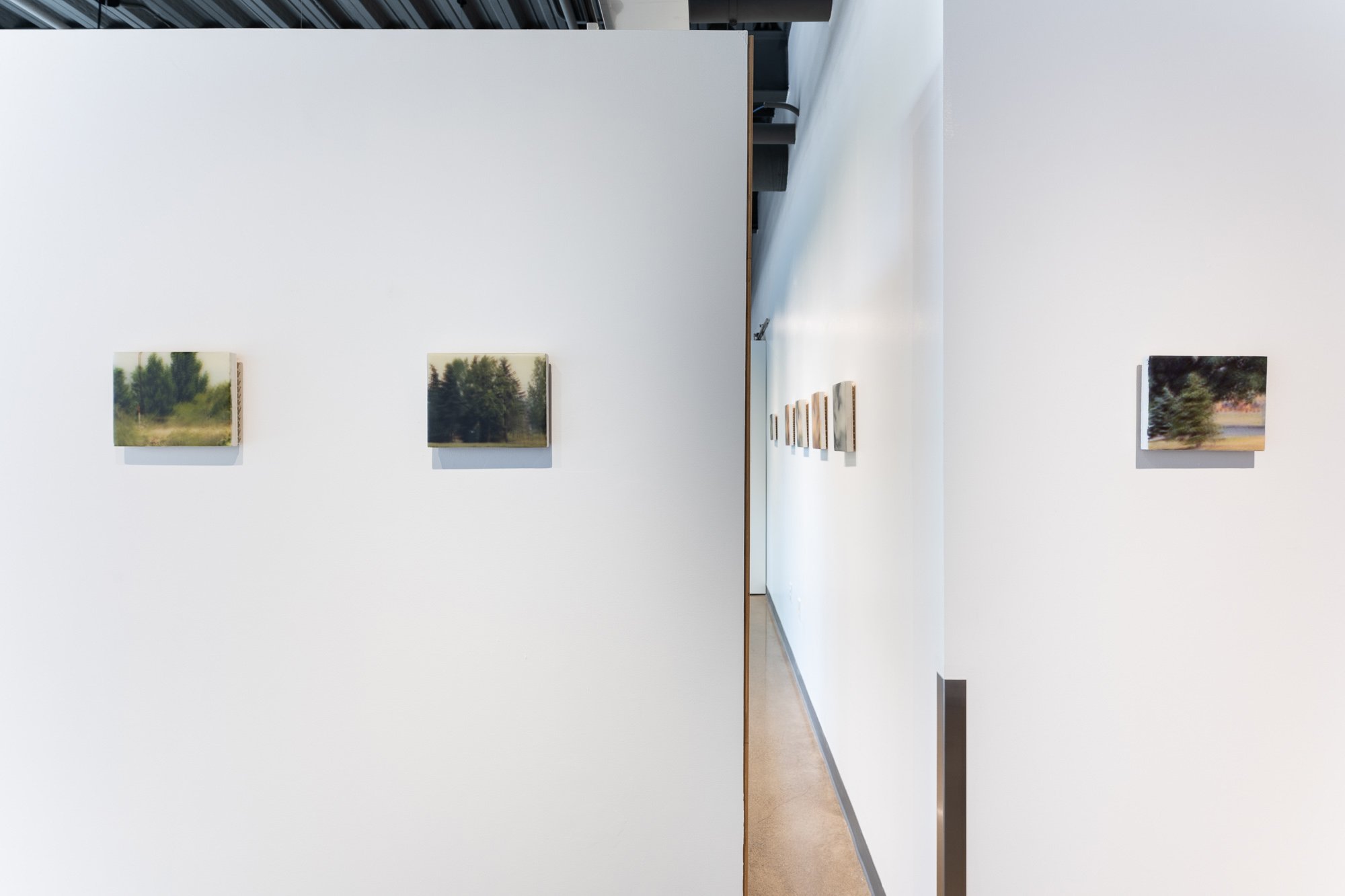

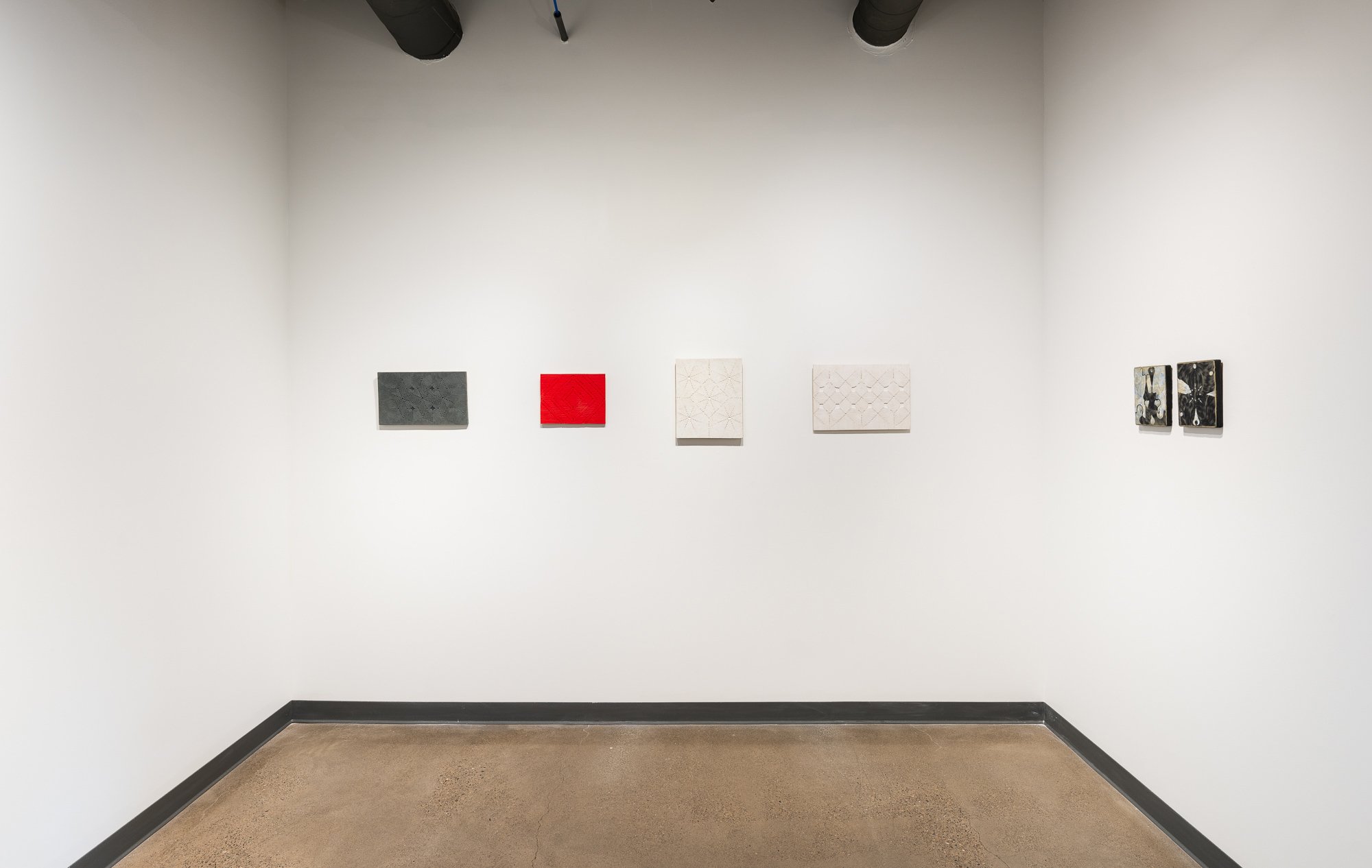
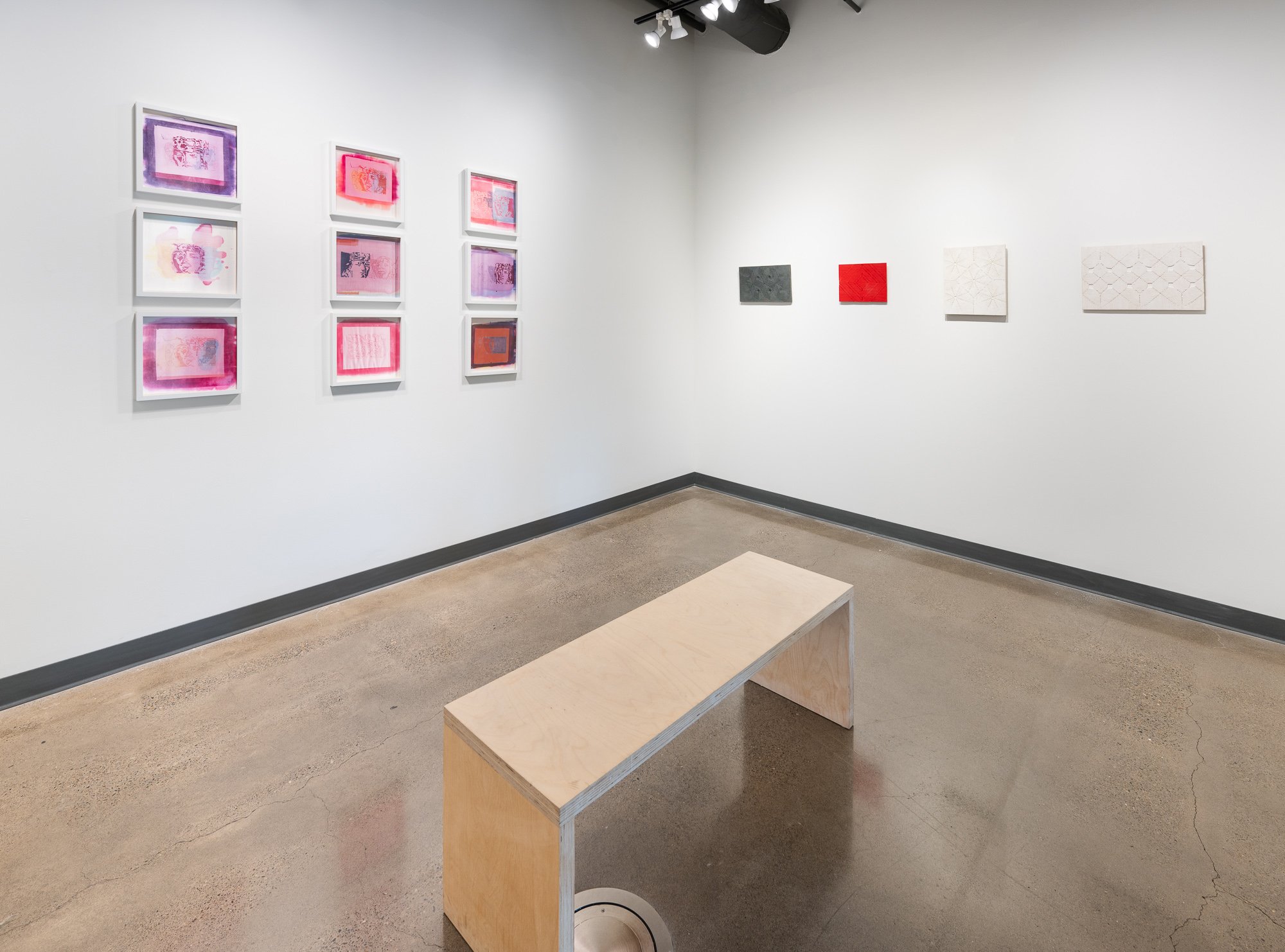
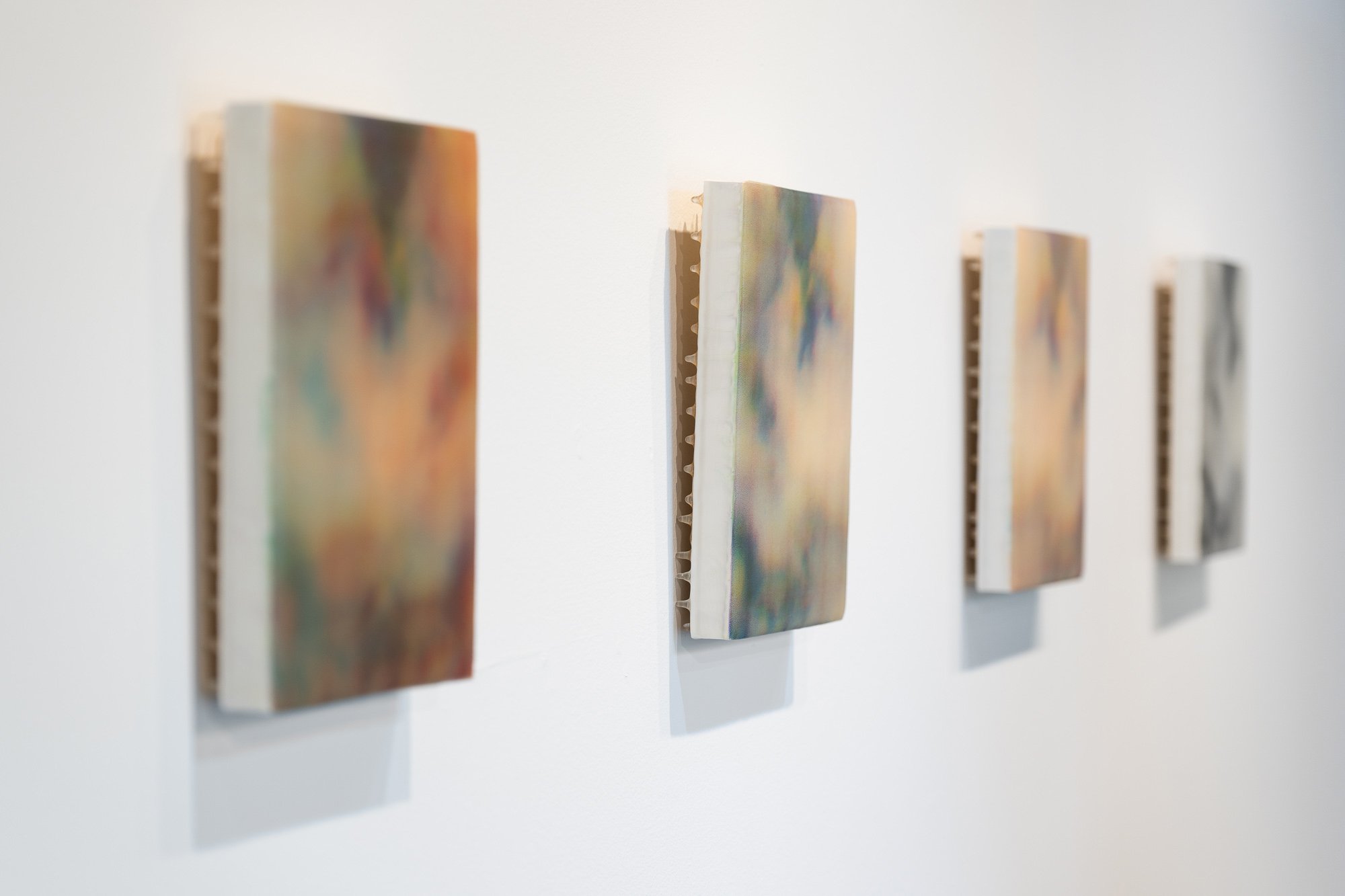
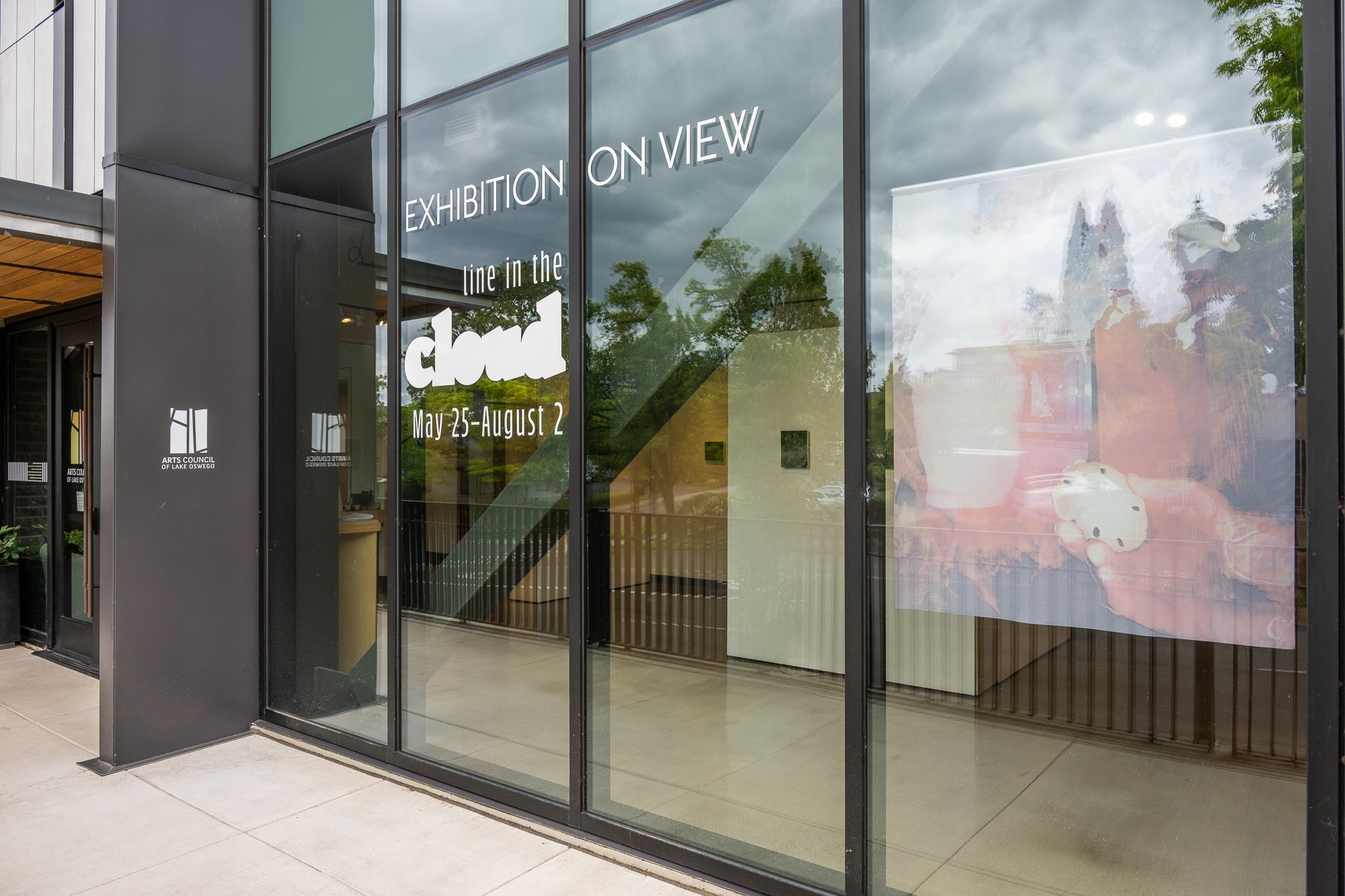
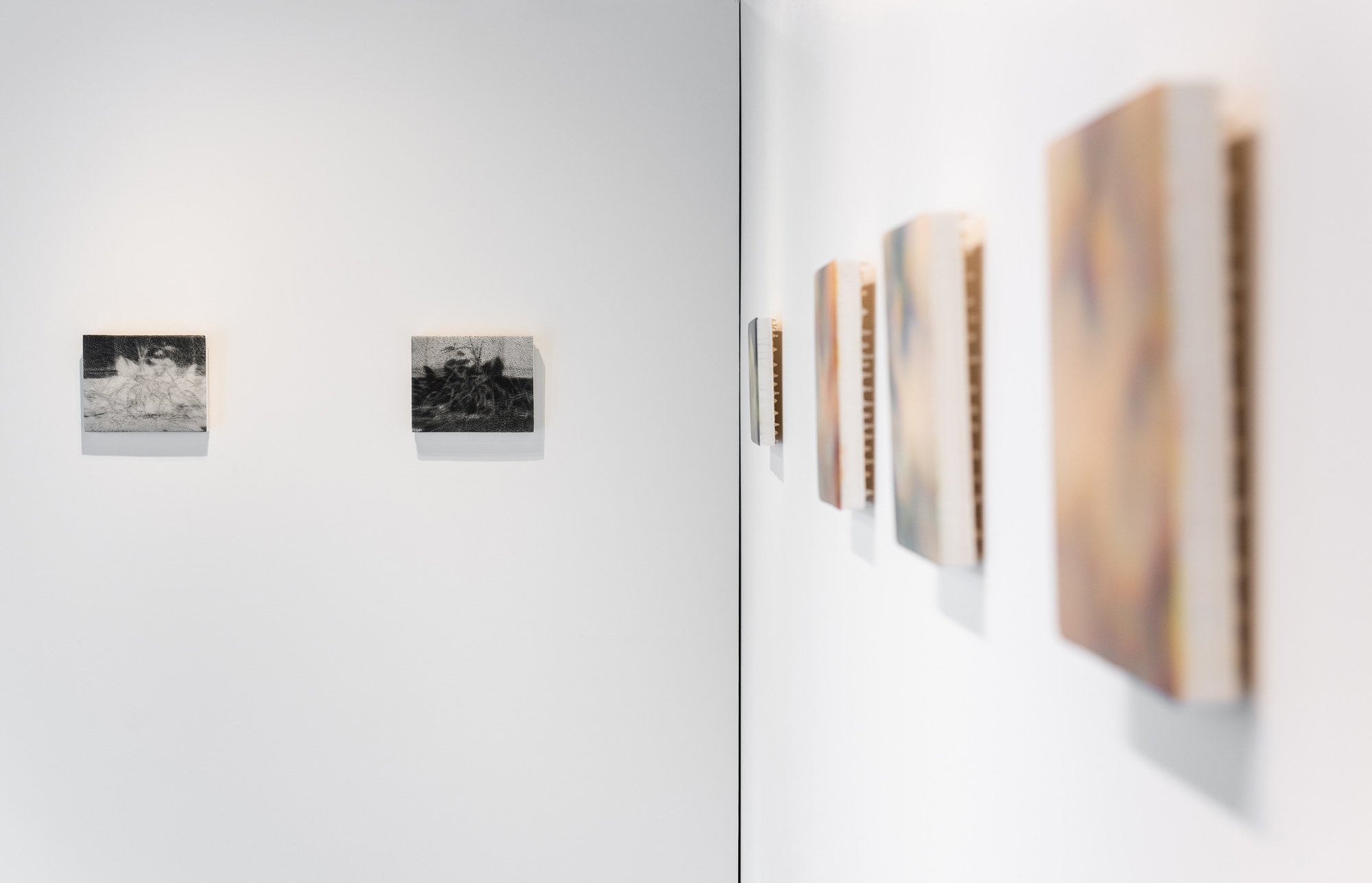

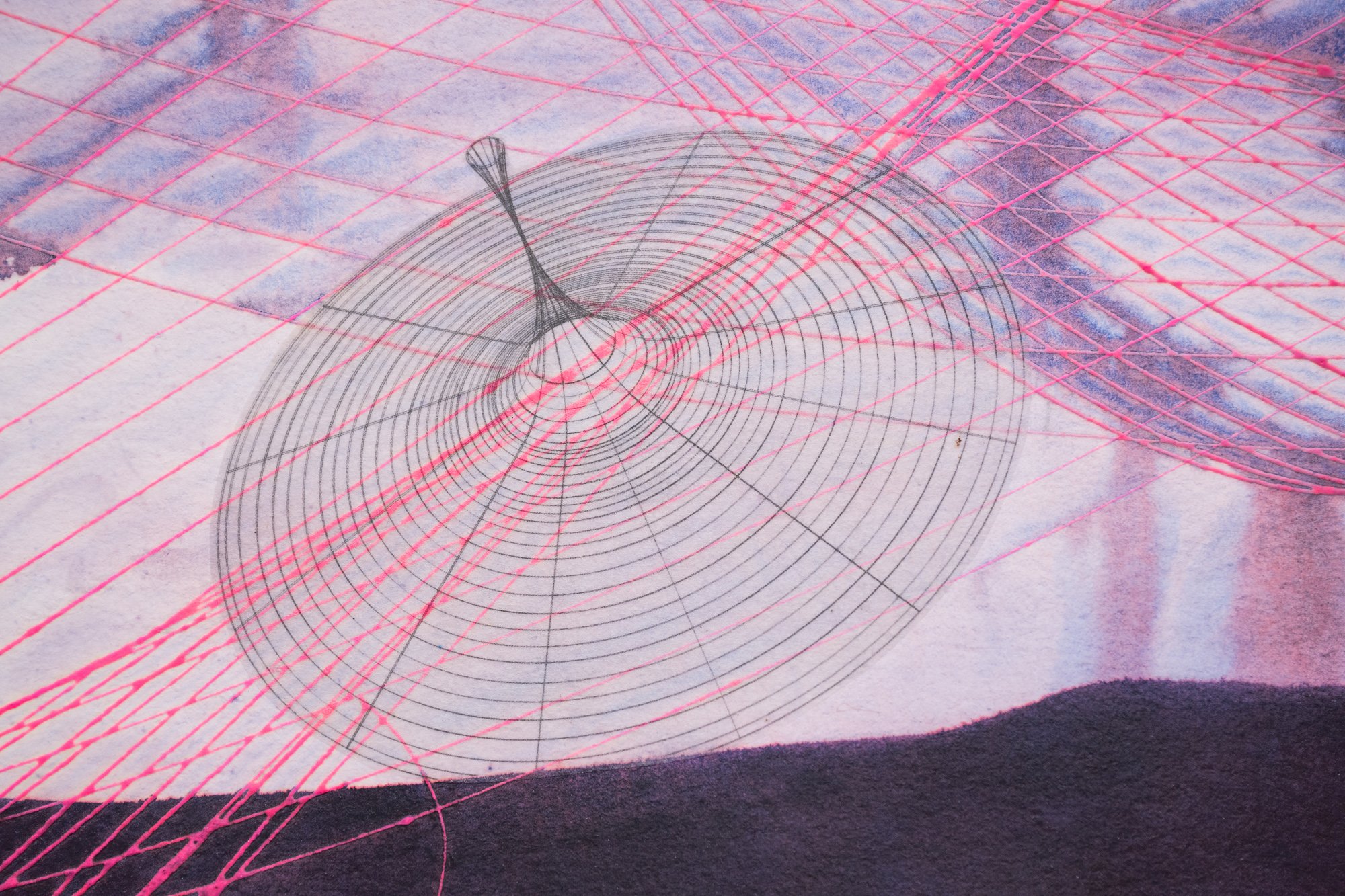


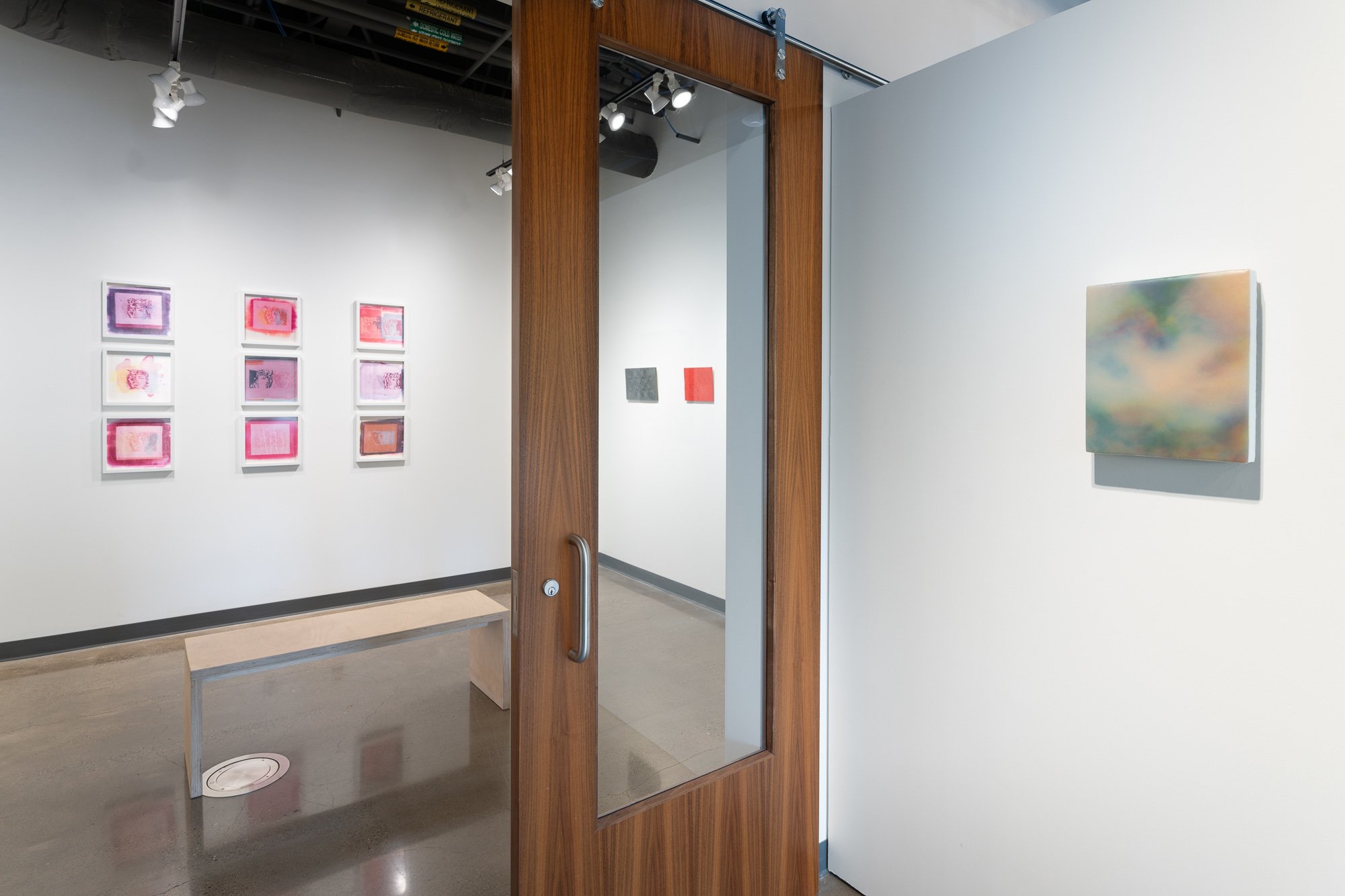

The exhibition has been extended through Friday, August 16. Artspace is open Tuesday through Friday from 10 a.m.–5 p.m.
Our latest exhibition, Line in the Cloud, features mesmerizing new photographic works by artist Akihiko Miyoshi. Artspace’s annex gallery will feature multimedia works by artists Rose Dickson, Sarah Meadows, Dina No, Julia Stoops, and Joan Truckenbrod.
Press on Line in the Cloud
EverOut, Portland Mercury’s Going Out Guide: The Best Bang for Your Buck Events in Portland This Memorial Day Weekend: May 24–27, 2024
Interview by Erin O’Malley, In Conversation with Akihiko Miyoshi, July 2024
In a whirl of artistic approaches, material explorations, and technical experiments, each of the artists work through the surface of the image.
At first glance, Miyoshi's photographic works appear deceivingly ordinary. Untypical focal points, such as a fragment of aggregate rock or a blurry tree, are inconspicuous parts of larger images captured more than twenty years ago when Miyoshi was a young photography student who had just moved from Japan to the United States.
“The more one looks, the more perplexing it becomes,” Miyoshi said in a recent conversation about his process. His layering of multiple digitized 35mm and medium format photographic prints on silk, floating in resin upon birch wood panels treated with retro-reflective pigments, results in images that appear lenticular. Encased in matte resin, his prints become transparent, revealing slight variations and moire effects in the overlaid silk. The substrate's reflective treatment creates depth and illuminates the highlights in the photographs, like the hot glow of a traffic sign at night. Miyoshi's subjects appear alive despite the inherent contradiction of being fixed.
Other works featured in the exhibition include Rose Dickson’s flashe paintings, which she submerges in beeswax and then instinctively carves to reveal an obscured memory of the painting below; Dina No’s ceramic tiles, which reference and invert a traditional Korean quilting technique which uses mulberry paper cords in concentric lines; Julia Stoops’ twilight paintings on paper that feature Lissajous forms and integrate digitally rendered three-dimensional forms; Joan Truckenbroad’s tangible juxtapositions of digital video technology, print media, and textiles; and Sarah Meadows’ film photography that touches on how image culture relates to our interaction with the natural environment.
If you’re interested in more information on the artwork in Line in the Cloud, please reach out to us at artscouncillo@gmail.com.
-
The latest exhibition at Artspace, Line in the Cloud, features mesmerizing new photographic works by artist Akihiko Miyoshi, presented by the Arts Council of Lake Oswego from May 25th through August 16, 2024. Showing in Artspace’s annex gallery are multimedia works by artists Rose Dickson, Sarah Meadows, Dina No, Julia Stoops, and Joan Truckenbrod. In a whirl of artistic approaches, material explorations, and technical experiments, each of the artists work through the surface of the image.
Miyoshi’s new photographic works fill the gallery. Upon first glance his images appear deceivingly ordinary-- a fragment of aggregate rock or a blurry little tree are not typical focal points. These tiny, inconspicuous parts of larger photographs were initially made more than 20 years ago, when the artist was road tripping as a young photography student, who had just moved from Japan to the United States. His photographs are not meant to provide useful, hardened data. On the contrary, they are elusive, with a sense of potentiality and wonderment lingering. Miyoshi has commented how the act of photographing is predatory, using terms like, “load”, “aim”, “shoot” and “take”. His work evades being captured in response to big tech mining personal data for their own benefit and our culture’s accelerated consumption of images.
“The more one looks, the more perplexing it becomes.” Miyoshi had said in a recent conversation, alluding to his technique of combining multiple still images to create what appears to be a three-dimensional animation. To get technical, this entrancing effect is achieved through Miyoshi’s practice of layering multiple digitized 35mm and medium format photographic prints on silk, floating in resin upon birch wood panels, treated with retro-reflective pigments. What results from this process are images that appear almost lenticular. Picture gripping a thick plastic card with linear ridges that shows a puppy popping his tongue in and out as you shift the card side to side. Lenticular images, colloquially known as “flickers”, “winkies”, or “wiggle pictures”, are a process of interlacing photographs of an object at slightly different angles to create a three-dimensional effect. When Miyoshi’s prints are layered and encased in resin, they become transparent, revealing slight variations and moire effects. A sense of depth is further created by the substrate's retro-reflective treatment, which illuminates the composition, like the hot glow of a traffic sign at night. These images appear to emanate from the materials themselves, alive, despite the inherent material contradictions of being fixed.
This effect is employed with a phenomenological function– the viewer’s relationship and positionality to the object changes the perception of the object. According to Miyoshi:
It’s not so much about inducing disorientation as it is about fostering reorientation to confirm or rediscover something that is lost when an image is eternally fixed. I envision creating an effect similar to experiencing the unfixed/alive projections of a camera obscura, of the world not yet fully an image, encouraging viewers to rediscover and reconsider their positionality and potentiality. What I would like to propose here is a different kind of photographic engagement to the world that recalls images, and by extension the world, as a source of possibility and wonderment that is not necessarily for the “taking”.
Rose Dickson’s The Tower and Pistil are similarly ineffable. “The paintings are first made with flashe paint on panels; I then dip them in beeswax between 8 to 10 times until they become a solid block. The wax is opaque, so I can no longer see the painting beneath.” With these works, she has created an exercise in which she must methodically excavate the surface, carving into beeswax to instinctively discover an obscured memory of the painting below. Her images are pushed up against the contoured surface, resulting in alluring work that resides at the threshold between inner and outer worlds.
Dina No’s intricate ceramic tiles reference the traditional Korean quilting technique of Saeksilnubi, which uses cords made from mulberry paper. Typically these cords are formed into repeating concentric lines and, like batting in a quilt, are situated within, then outlined by hand in careful stitching. No instead uses finely extruded high grog stoneware clay coils and asserts a hard inversion of this technique, revealing the infrastructure that was meant to be hidden.
Linear curves hover and radiate within the primordial twilights of artist Julia Stoops’ paintings on paper. Her paint pendulum oscillates across her basement studio and distributes paint on paper with mathematical intelligence, in what are called Lissajous forms. Lissajous forms are a pattern produced by the intersection of two sinusoidal curves, the axes of which are at right angles to each other. Anchor points of her digitally rendered 3-d forms make momentary appearances in her landscapes. Stoops’ play with wavelengths and other technical mysteries echo Miyoshi’s and Truckenbrod’s experimental approaches to making art.
Joan Truckenbrod found her unique voice in the digital arena in the 1960’s by using algorithmic equations punched into computer cards, which were then further enlivened with her spontaneous play within early plotter drawing programs, like Fortran. Truckenbrod’s forays into color xerography began while she was a student (and later, a professor) at the Art Institute of Chicago in the 1970’s. Through boldly schlepping an Apple computer monitor upside down on a 3M color copy machine, she developed a process to actually copy and print computer images (onto heat-transfer materials she overlaid onto various textiles). Her intuitive facilitation of communications processes across multiple technologies and material forms is a substantial part of her creative practice. Prescribed values of family life and work in the United States are explored and distorted in Truckenbrod’s work. Layers of multiple selves emerge and collide like electric storm clouds, and through her digital artistic manipulations, new identities are revealed. The works on view in this exhibition make digital video technologies of the 1980’s tangible– abstract juxtapositions of images of her and her daughter’s faces are printed on bridal satin using a light sensitive emulsion, and a hand digital Jacquard TC2 loom.
Sarah Meadows’ research-laden practice of archiving images of the natural world is as evident in her work as is her own hand. Her portfolio contains thousands of digitized scans of her film photographs of computer screens’ web searches of nature. In various scales and levels of legibility, one may read seed packets, buttercups, horticulture and houseplant how-to video tutorials, beetles, or fruit. In her work, small photographic details are sensitively cradled, and ultimately, they become twisted in their presentation. Meadows’ display methods create resistance against the image. Her process of re-photographing media softens specificity, further distancing, yet in turn inviting the viewer to examine the ways they relate with image culture and their larger environment as a whole.
Though their approaches are unique, each artist addresses a challenge that artist Ann Hamilton described, that is, “to make visible those things that become invisible to us. How to make an absence present and experienceable.”
-
Born in Japan, Akihiko Miyoshi (He/they) received his MFA in photography in 2005 from the Rochester Institute of Technology after leaving a PhD program in Electrical and Computer Engineering at Carnegie Mellon University to pursue art. Miyoshi is currently a Professor of photography and digital media at Reed College in Portland, Oregon.
Miyoshi’s work explores the intersection between art and technology, most frequently dealing with issues surrounding representation. His exhibition record includes shows in Portland, New York, Los Angeles, Rochester, Pittsburgh, and Toronto. He was named the International Award Winner of Fellowship 12 at The Silver Eye Center for Photography in Pittsburgh, PA, and a finalist for the Betty Bowen Award from the Seattle Art Museum in 2012 and the Aperture Portfolio Prize in 2013. Miyoshi received a Hallie Ford Fellowship in 2012.
See more from Akihiko Miyoshi
people.reed.edu/~miyos/art.html
@miyos_art -
Born in 1945 in Greensboro, North Carolina, Joan Truckenbrod (She/her) is known for her work in digital art, and is widely credited as being one of the earliest creators of digital art in the 1960s. Truckenbrod is a digital artist exploring the intersection of the digital realm with textiles to examine contemporary environmental and social issues. Currently she is creating hand digital Jacquard weavings using a TC2 loom. Her artwork is exhibited internationally. Earlier this year her textiles were included in the Weaving Data Exhibit at the Schnitzer Art Museum at PSU. In 2021 the Schneider Art Museum in Ashland Oregon hosted a solo exhibition highlighting Truckenbrod’s fiber artwork, titled Digital Fibers 1979 to Present. This year, one of her early textiles was included in a group exhibition at LACMA titled Coded: Art Enters the Computer Age, 1952–1982. The Whitney Museum of American Art included her early coded algorithmic textile and drawings in their exhibition Programmed: Rules, Codes, and Choreographies in Art, 1965 to the Present in 2018 and 2019. This artwork is in their permanent collection. Truckenbrod’s textiles are included in collections at The Art Institute of Chicago, the Block Museum of Art, the Illinois State Museum and the Buffalo AKG Art Museum, have Truckenbrod’s textiles in their collections. Her artwork is included in an upcoming exhibit Radical Software at the Contemporary Art Museum in Luxembourg. Ms Truckenbrod has an MFA from The School of the Art Institute of Chicago. Truckenbrod is Professor Emeritus in the Art and Technology Department at The School of the Art Institute of Chicago, and has relocated her studio to Corvallis. Her artwork is represented by the RCM Galerie in Paris, France.
As a digital artist experiencing the complexities of family and work, Truckenbrod shifted the intent or meaning embedded in an image through the range of abstraction created with the process of digitization. The digitization of facial expressions can exaggerate an emotion or obscure communication of an experience depending upon the amount and character of abstraction created. A landscape of these different selves emerges through layering them together. Abstracting an image of the self creates an enigmatic version of that self, and digitization creates expressive facial images with abstractions, from unrecognizable fragments to realistic images. These textiles present different views or perspectives just as prescribed societal roles may correspond, or collide, with one’s way of being in the world. This series, facial images are juxtaposed by hand printing them individually on bridal satin using Kwik Print, a light sensitive emulsion.See more from Joan Truckenbrod
joantruckenbrod.com
@joantruckenbrod -
Over the last five years, I have been developing a visual language of relationships. I created a system of eight latching forms that represent eight archetypes. These forms come together in endless combinations, guiding me to see the world in ways where written language falls short. The forms act as stand-ins for bodies, objects, cells, weather patterns, possible futures. My interest in human relationships has expanded into a body of work that finds sympathetic vibrations across all things.
Using this visual language, I explore touch, unity, boundary, overlap, tension, difference and violence through different material processes. I use these forms across different mediums to reveal the qualities inherent in each and the essential relationships that they create when brought together. As these forms appear across mediums, a story begins to form about their character—a form that I made first in ceramic as a jug with two spouts is depicted again in an egg tempera painting, this time as the mouth of a cave. The content of my practice requires a playful use of diverse materials to build an elaborate world of entanglement and connection. I look for meaning in the wealth of emotional and instinctual associations we carry with us. Through various material processes, the network of forms I work with becomes a cosmology, where pattern is key to understanding how everything is necessarily touching.
Rose Dickson (She/her) is a visual artist working with paint, textile, metal and clay. Her work uses shape and pattern to reveal a proto-language of emotional connectedness. She has had solo exhibitions at Adams and Ollman (2022) and Melanie Flood Projects (2020, 2016) in Portland, OR. She has been included in group exhibitions at Galerie Gisela Clement, Bonn, Germany; SPRING/BREAK Art Show, New York, NY; The Plan, Chicago, IL; Gallery16, San Francisco, CA; Lumber Room, Adams and Ollman, and Upfor in Portland, OR. She has been an artist in residence at MacDowell in Peterborough, NH, Ragdale Foundation in Lake Forest, Illinois, Studio Kura in Itoshima, Japan, and Organhaus Art Space in Chongqing, China. Dickson is a 2020 Luminarts fellow. She received her BFA from the Rhode Island School of Design in 2012 and her MFA from the School of the Art Institute of Chicago in 2021. Dickson is based in Los Angeles, California, where she lives and works at the edge of the Angeles National Forest.
See more from Rose Dickson
rosedickson.com
@rose___dickson -
This recent ongoing series in clay is inspired by Saeksilnubi, a traditional Korean quilting method that uses cord made from mulberry paper as batting. The cords are formed into repeating concentric lines with a raised texture. I apply these symmetries, which are all conventional textile patterns in Korea, against the harder pressure and density of clay. Using the coil in place of the cord highlights a form that, in textile arts, would be seen only in outline. By exposing this line in a different medium, my engagement with these symbols of national heritage is also a memory process that reveals what was meant to be lost or hidden.
Dina No 노 찬숙 (She/her) is an artist in Portland, Oregon, who primarily works in ceramics. Her work is informed and inspired by traditional Korean craft and architecture, memes, and doodles. An enduring purpose that drives her practice is a motivation to understand (and perhaps embrace) the tension of what is visible and invisible, including the pressure between form and function.See more from Dina No
dina-no.com
@dina_ceramic_soap -
Driving home on the freeway one night, the twilight was deep, and the sky incredibly clear. The white and red lights of cars streaked through the air. I became aware of a strange and beautiful and enormous current flowing through it all. At any time this current can leak through into the quotidian world, but we often don't notice, and so we miss it. It is creative and it is potential. It's strange and beautiful, and it's impersonal. It has a sense of humor, and it’s unattached, unsentimental, brimming with excitement and anticipation. Each moment unfolds anew, yet all is held together in the threads of the current. It carries momentum, like a slipstream, and yet it's constant the whole time. Like how clear skies are constant, even when hidden by clouds. And it's there in the sacred dark spaces on a hillside beside a freeway at twilight. In this opening to possibility, anything can happen.
Julia Stoops (She/they) was born in Samoa to New Zealand parents. She spent her childhood in Japan, Australia, and New Zealand, and then moved to the USA at the age of sixteen. Her BFA, with a focus on painting and installation, is from the Corcoran College of Art in Washington, D.C. She returned to New Zealand where she gained a BA in philosophy and linguistics from the University of Auckland. In 1994 Julia moved to Portland, Oregon, and later earned an MFA in painting at Portland State University. She is a recipient of Oregon Arts Commission fellowships in both art and literature, and was a Ucross Foundation resident in 2016. Julia's debut novel about a group of environmental/media activists, Parts per Million, was published by Forest Avenue Press in 2018.See more from Julia Stoops
juliastoops.com
@juliax9000 -
My work centers around nature, and, more specifically, the ways we refine, use, and fantasize about it. Rather than presenting a specific narrative through a series of pictures, I hope to evoke emotion and provoke questions about which aspects of nature are beautiful to us. I see my practice as exploring our obsession with aestheticizing and sentimentalizing nature. I’m interested in representations of the non-human that portray it as a source of purity, health, and beauty.
I seek out natural subjects and experiences to photograph on medium and large format film, from animals, gardens, and parks to pure wilderness. In addition to creating my own images, I source from found images and add unconventional layers to my prints like tinted or etched plexiglass and collage. This layering allows me to engage with the print as a three-dimensional object and as something in dialogue with vernacular image culture. I also output my image-collecting practice in book and digital collage form, giving me a place to express the volume of my searches and the categories I have built. My daily experience of nature is fragmented and often filtered through printed/digital images and consumer products and drawing from existing images is a way to reference what I’m learning about nature from popular culture.
My sources include vintage gardening books, seed catalogs, children’s books, field guides, YouTube, digital message boards, and print advertisements. Scholarly research also plays a crucial role in conceptualizing and supporting my practice, particularly landscape design, natural history, and art history.
Sarah Meadows (She/her) is an Oregon-based visual artist. She received her MFA in Photography from the Rhode Island School of Design in 2016 and her BFA from Pacific Northwest College of Art in 2008. She also holds a BA from Evergreen State College and studied at the Glasgow School of Art. Her work has been shown nationally and internationally at Melanie Flood Projects (Portland), Filter Photo (Chicago), and ClampArt (NYC). Her work is published by Publication Studio, the Institute for Interspecies Art & Relations, and One Day Projects. She has been an artist in residence at Hewnoaks Artist Colony, The Wassaic Project, and Signal Fire Arts.See more from Sarah Meadows
sarah-meadows.com
@smeadowsmeadows
